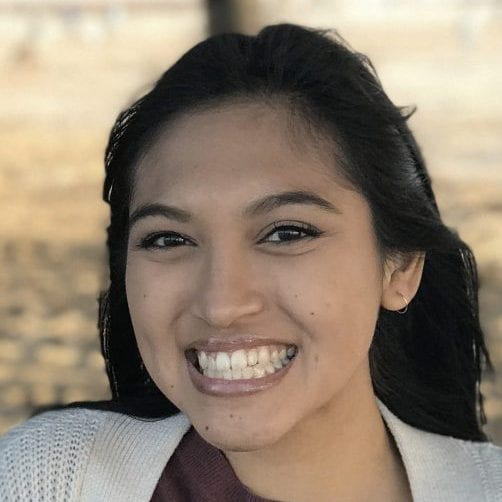
RMI Scholars

Etenesh Abebe
2022 – 2025
Major: Bioinformatics
“Analyzing the Effects of Aging and Pregnancy in the Mammary Gland”
Faculty/Staff Mentor: Vanessa Jonsson
Research Mentor: Cynthia Ramirez

Oscar Cornejo Villa
2023 – 2025
Major: MCD
Faculty/Staff Mentor: David Boyd
Research Mentor: TBD

Eymi McDaniel
2023 – 2025
Major: Neuroscience
Faculty/Staff Mentor: Sofie Salama
Research Mentor: Jess Sevetson

Syniah Nevils
2023 – 2025
Major: Molecular, Cell, and Developmental Biology and Anthropology
Faculty/Staff Mentor: Rachel Meyer
Research Mentor: Dora Rasch

Selam Mehreteab
2024 – 2025
Major: Biomolecular Engineering and Bioinformatics – Bioinformatic
Faculty/Staff Mentor: Angela Brooks
Research Mentor: Angela Brooks

Bhavna Mahi
2024 – 2025
Major: Biomolecular Engineering and Bioinformatics – Bioinformatics
Faculty/Staff Mentor: Benedict Paten
Research Mentor: Dr. Jordan Eizenga & Hailey Loucks

Itzel Pedraza
2024 – 2025
Major: Biology
Faculty/Staff Mentor: Joanna Kelley
Research Mentor: TBD

Mayra Moreno Alvarez
2024 – 2025
Major: Molecular, Cellular, and Developmental Biology
Faculty/Staff Mentor: Shelbi Russell
Research Mentor: Shelbi Russell

Lizah Chavez
2024 – 2025
Major: Molecular, Cellular, and Developmental Biology
Faculty/Staff Mentor: Jeremy Sanford
Research Mentor: Eddie Ramirez

Vladimir Luna Gomez
2024 – 2025
Major: Biology
Faculty/Staff Mentor: Mohammad Mostajo-Radji
Research Mentor: Samira Vera

Kelly Leighton
2024 – 2025
Major: Molecular, Cellular, and Developmental Biology
Faculty/Staff Mentor: Manny Ares
Research Mentor: TBD

Alexa Mozqueda
2024 – 2025
Major: Molecular, Cellular, and Developmental Biology
Faculty/Staff Mentor: Susan Carpenter
Research Mentor: Diana Escalona

Darlene Mendoza
2024 – 2025
Major: Molecular, Cellular, and Developmental Biology
Faculty/Staff Mentor: Omar Cornejo
Research Mentor: Evan HO

Francisco Morales
2024 – 2025
Major: Chemistry
Faculty/Staff Mentor: Jevgenij Raskatov
Research Mentor: Maria Sajimon

Jason Vu
2024 – 2025
Major: Biomolecular Engineering and Bioinformatics
Faculty/Staff Mentor: Alexander Ioannidis
Research Mentor: Cole Shanks

Scarlett Ortega Velez
2024 – 2025
Major: Environmental Studies/ Economics Combined
Faculty/Staff Mentor: Aide Macias-Munoz
Research Mentor: Kelso Cochran
Alumni RMI Scholars
2024-2021 Scholars

Cherre Bull
2024 – 2025
Major: Politics
Faculty/Staff Mentor: TBD
Research Mentor: TBD

Eduardo Garcia
2021 – 2025
Major: Computer Science
Faculty/Staff Mentor: Ed Green
Research Mentor: TBD

Kevin Ton
2023 – 2024
Major: MCD Bio
Faculty/Staff Mentor: TBD
Research Mentor: TBD

Amy Li
2023 – 2024
Major: Biotech
Faculty/Staff Mentor: TBD
Research Mentor: TBD

Sky Gomez
2022 – 2024
Major: Anthropology
Faculty/Staff Mentor: Carol Grider
Research Mentor: Joshua Gardner (Miga) and Ajona Groot (Greider)

Sofia Moreno
2022 – 2023
Major: Biology
“Application of Long Read Sequencing to Pediatric Cancer”
Faculty/Staff Mentor: Olena Vaske
Research Mentor: Anouk van den Bout (Assistant Specialist)

Ron Barulich
2022 – 2024
Major: MCD Biology
“Investigating the Ribonucleases Responsible for tRNA Fragment Biogenesis in Mus musculus Epididymides”
Faculty/Staff Mentor: Upasna Sharma
Research Mentor: Joshua Shaffer

Eduardo Del Rio
2022 – 2024
Major: Biomolecular Engineering and Bioinformatics
Faculty/Staff Mentor: Russ Corbett-Detig
Research Mentor: Gabriel Penunuri

Kiki Galvez
2021 – 2024
Major: Computer Science and Bioinformatics
“Optimizing the R2C2 protocol for the sequencing of mammalian cDNA”
Faculty/Staff Mentor: Beth Shapiro
Research Mentor: Megan Supple

Rakshya Sharma
2021 – 2024
Major: Computer Science and Bioinformatics
“Identifying RNA Splicing Patterns in Cancer using MESA”
Faculty/Staff Mentor: Angela Brooks
Research Mentor: Dennis Mulligan and Alexis Thornton
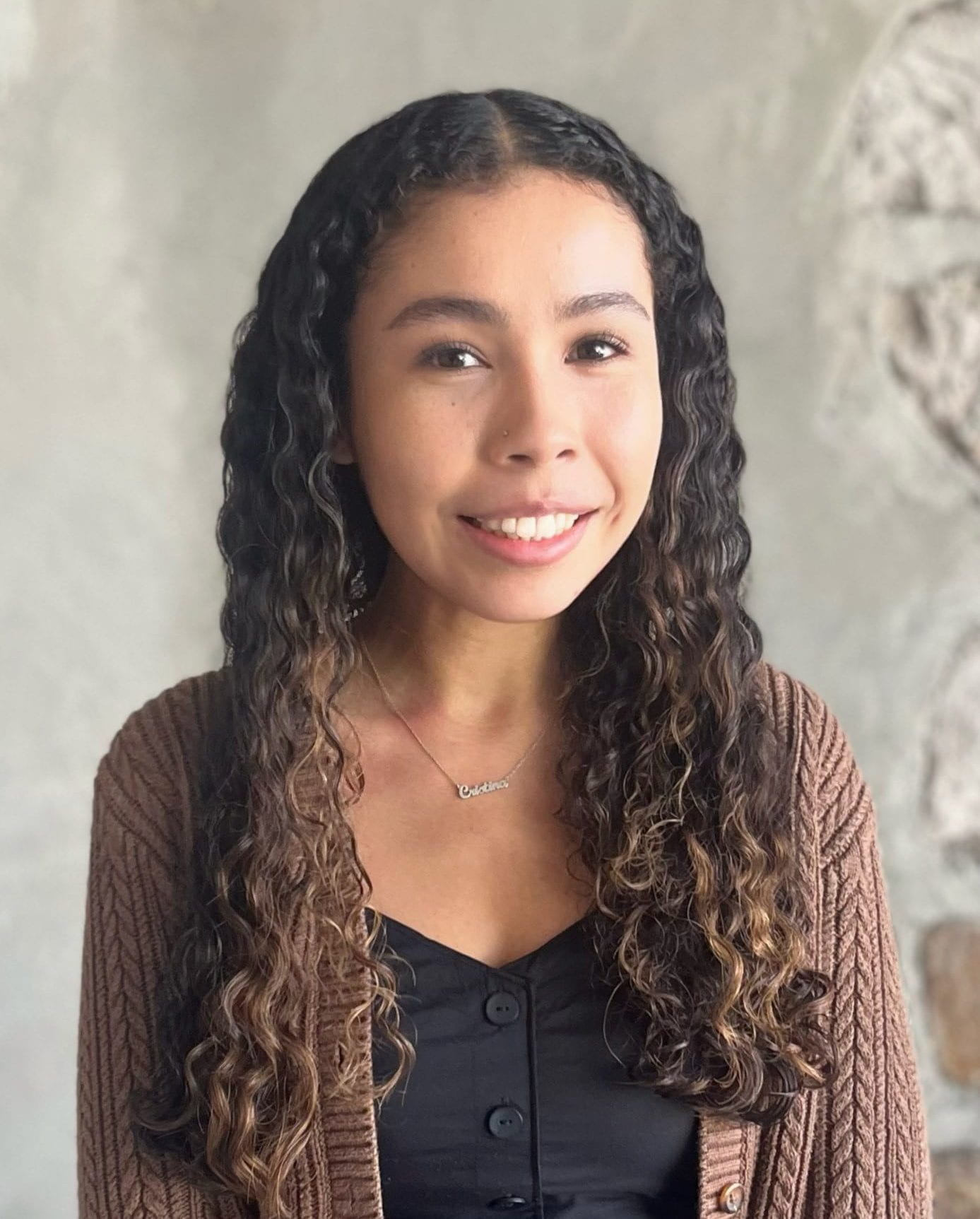
Cristina Vargas Vasquez
2022 – 2023
Major: Human Biology
“Generating Ribosomal Mutants that Cannot Perform Nonsense-Mediated mRNA Decay in S. cerevisiae“
Faculty Mentor: Joshua Arribere

Jovan Morales Hurtado
2021 – 2023
Major: Cognitive Science
“A Bottom-Up Approach to Identify Inhibitory Glutamate Signal“
Faculty Mentor: Dan Turner-Evans

Randy Cabrera
2021 – 2023
Major: Computer Science
“Trout Conservation and Genetic Transgressions”
Faculty Mentor: Beth Shapiro

Beza Abesha
2021 – 2022
Major: Neuroscience
“Neuronal DNA damage and repair associated with the sleep/wakefulness cycle”
Faculty Mentor: Yi Zuo

Rosa Sanchez
2021 – 2022
Major: Molecular Cell and Developmental Biology
TUBI (Treehouse)
Faculty Mentor: Michael Stone

Lucy Zheng
2021 – 2022
Major: Biomolecular Engineering and Bioinformatics
“Re-Analysis of RNA-Seq Variant Detection Study”
Faculty Mentor: Olena Vaske

Milagros Rivera
2020 – 2022
Major: Marine Biology
“Environmental DNA based bioinventory of Palmyra Atoll”
Faculty Mentor: Beth Shapiro

Diana Reyna
2020 – 2022
Major: Biochemistry and Molecular Biology
“ Understanding the role of ZNF257, ZNF534, & HERV-H in early human development“
Faculty Mentor: Sofie Salama

Daniel Lozano
2020 – 2022
Major: Biochemistry and Molecular Biology
“Understanding the Role of CPPED1 in Breast Cancer“
Faculty Mentor: Shaheen Sikandar

Matthew Loven
2021 – 2022
Major: Molecular Cell and Developmental Biology
“Understanding the Role of CPPED1 in Breast Cancer”
Faculty Mentor: Vicki Auerbuch Stone

Aisha Lakshman
2021 – 2022
Major: Sociology
“Normalizing Slow-Science: RNA-Therapeutics, Research Pace, and Public Trust in Science”
Faculty Mentor: Jenny Reardon

Ruby Guevara
2020 – 2022
Major: Molecular Cell and Developmental Biology
“The Expression of the Human LL-37 Antimicrobial Peptide Impairs the Detrimental Effect of Beta-amyloid in a Drosophila Model of Alzheimer’s Disease“
Faculty Mentor: Jeremy Lee

Melica Baboldashtian
2020 – 2022
Major: Human Biology
“L-Methionine enhances neuroinflammation and impairs neurogenesis: Implication for Alzheimer’s disease“
Faculty Mentor: Holly Beale

Laya Ashley
2020 – 2022
Major: Chemistry
“Envelope Stress Response CpxRA regulating Yersinia Pseudotuberculosis Virulence”
Faculty Mentor: Vicki Auerbuch Stone

Darhien Gaddis
2020 – 2022
Major: Molecular Cell and Developmental Biology
“Developing a scalable assay for identifying cellular identities of cerebral organoids“
Faculty Mentor: Sofie Salama

Sara Amirkiai
2020 – 2022
Major: Molecular Cell and Developmental Biology
“Identification and characterization of long noncoding RNAs during inflammation.“
Faculty Mentor: Susan Carpenter

Gifti Gemeda
2019 – 2021
Major: Biomolecular Engineering and Bioinformatics
“Using a Notch-reporter assay to understand the ability of specific NOTCH2NL alleles to activate Notch signaling“
Faculty Mentor: Sofie Salama

Juliana Limon
2020 – 2021
Major: Marine Biology/Ecology and Evolutionary Biology
“The Complete mitogenome of Dascyllus trimaculatus“
Faculty Mentor: Giacomo Bernardi
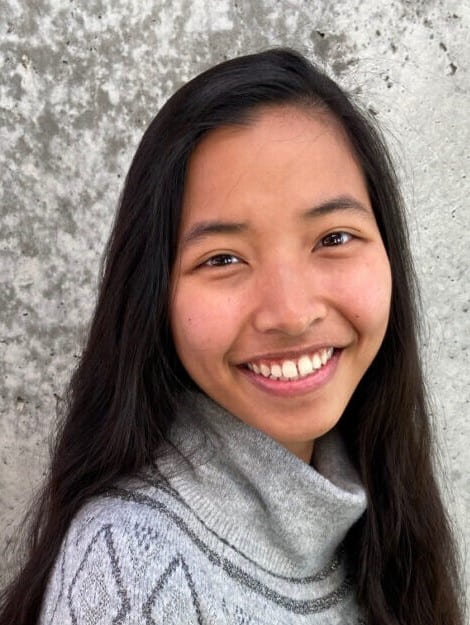
Linh Thuy Nguyen
2019 – 2021
Major: Molecular, Cellular and Developmental Biology
“Characterization of a Genetic Suppressor of a Histone H3 Mutations That Perturbs Transcription Elongation in Budding Yeast“
Faculty Mentor: Grant Hartzog
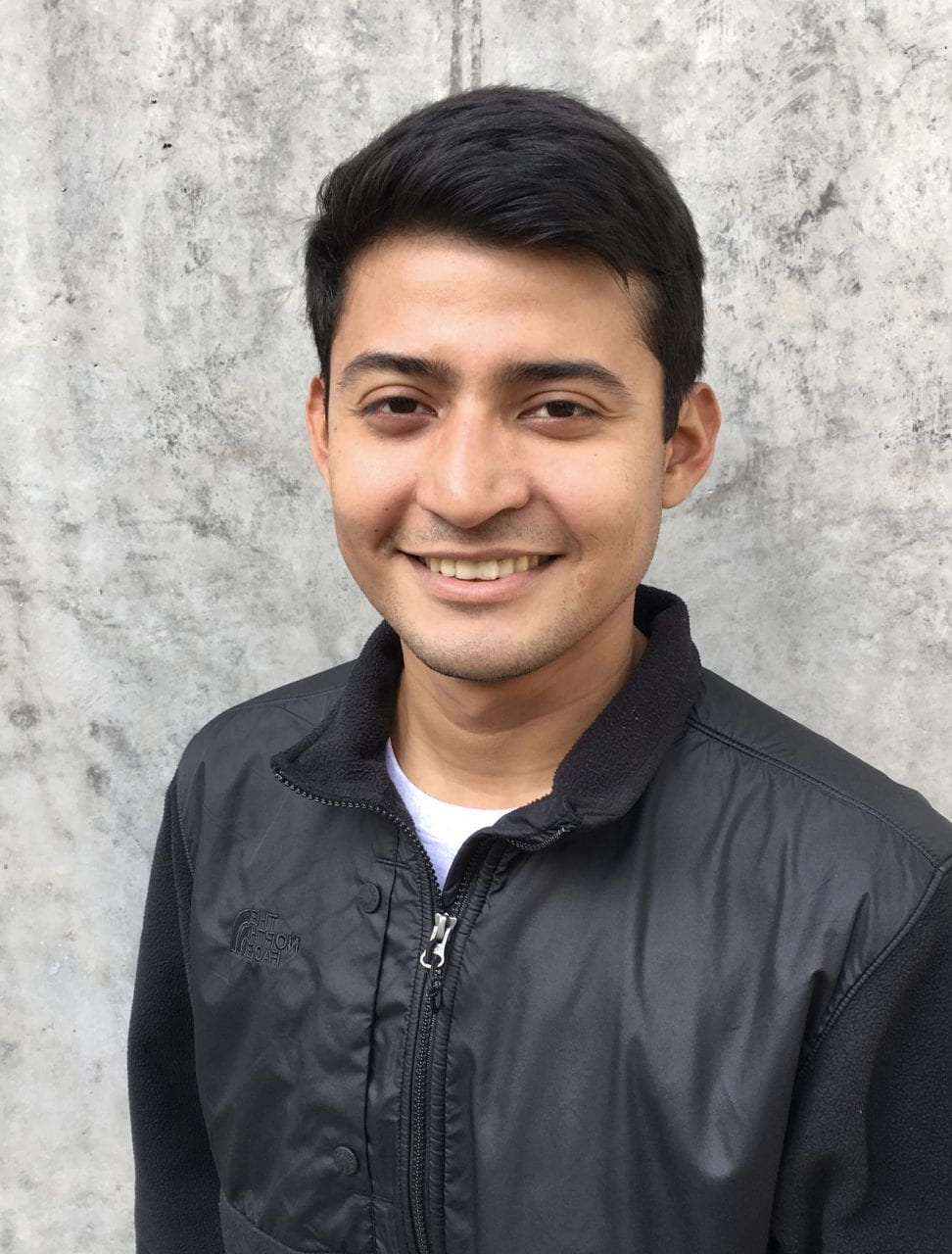
Carlos Arevalo
2019 – 2021
Major: Molecular, Cell, and Developmental Biology and Bioinformatics
“Pan-cancer analysis of driver mutations and modules.“
Faculty Mentor: Angela Brooks
2020 – 2016 Scholars
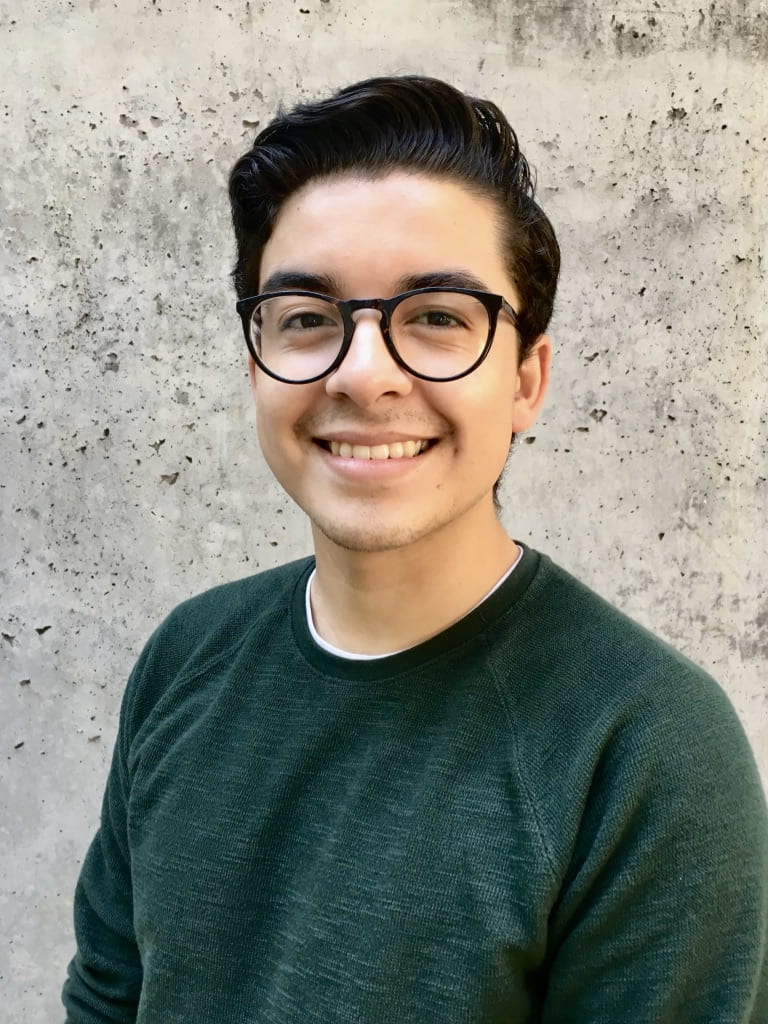
Pablo Alvarez
2019 – 2020
Major: Human Biology, Chemistry Minor
“Unraveling mechanisms of type III secretion in pathogenic yersinia”
Faculty Mentor: Vicki Stone
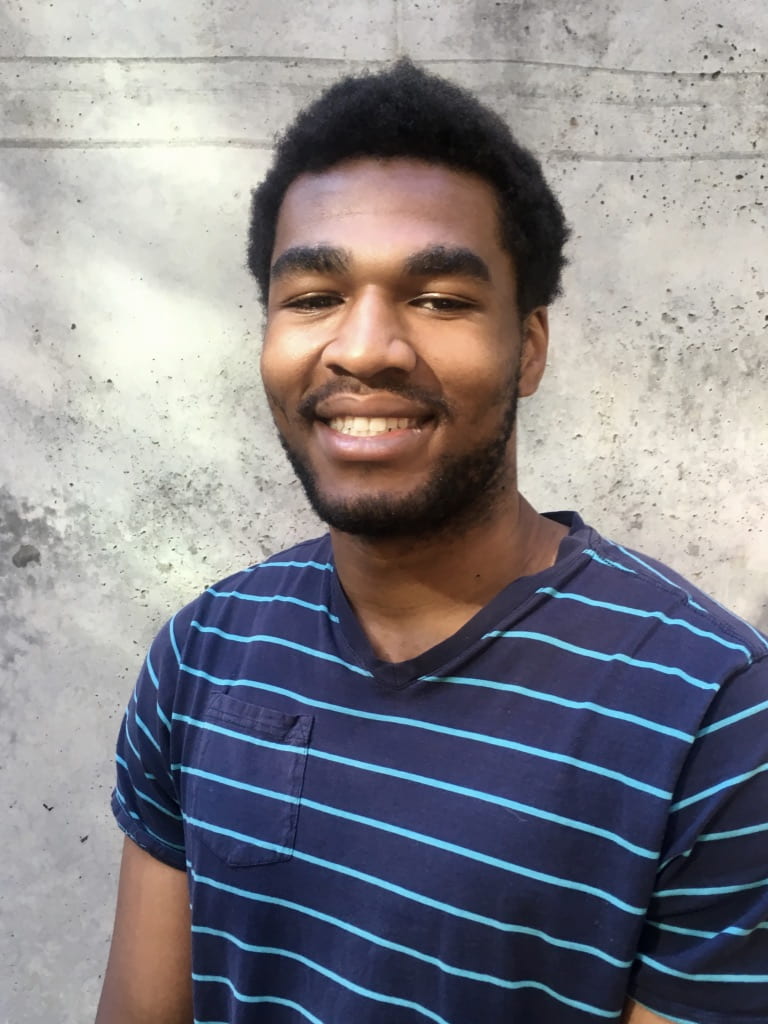
Ikenna Anigbogu
2019 – 2020
Major: Biomolecular Engineering and Bioinformatics
“Exploring single-stranded nicks in the Nanopore to better understand a Pediatric Case”
Faculty Mentor: Doug Kellogg
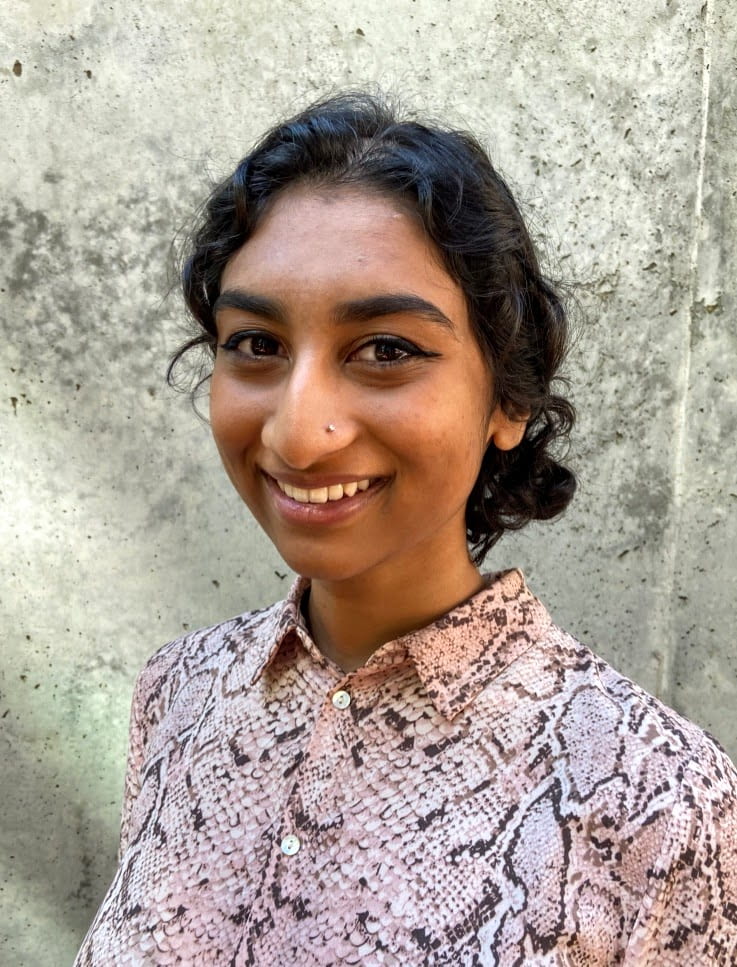
Kavya Aswadhati
2019 – 2020
Major: Bioinformatics and Critical Race, Ethnic Studies
“Data-mining and Phylogenetic Approaches to Characterize the Stability of Wolbachia Infections in Malarial Mosquitoes”
Faculty Mentor: Russ Corbett-Detig

Sydney Renee Fregoso
2019 – 2020
Major: Human Biology
“The influence of parental environment on future generational phenotypes”
Faculty Mentor: Upasna Sharma

Patrick Fuller
2018 – 2020
Major: Human Biology
“Characterizing Genetic Suppressors of SPT5 Cs”
Faculty Mentor: Grant Hartzog

Alinne Gonzalez Armenta
2019 – 2020
Major: Biomolecular Engineering and Bioinformatics
“Exploring the mechanisms of intron transposition”
Faculty Mentor: Manny Ares
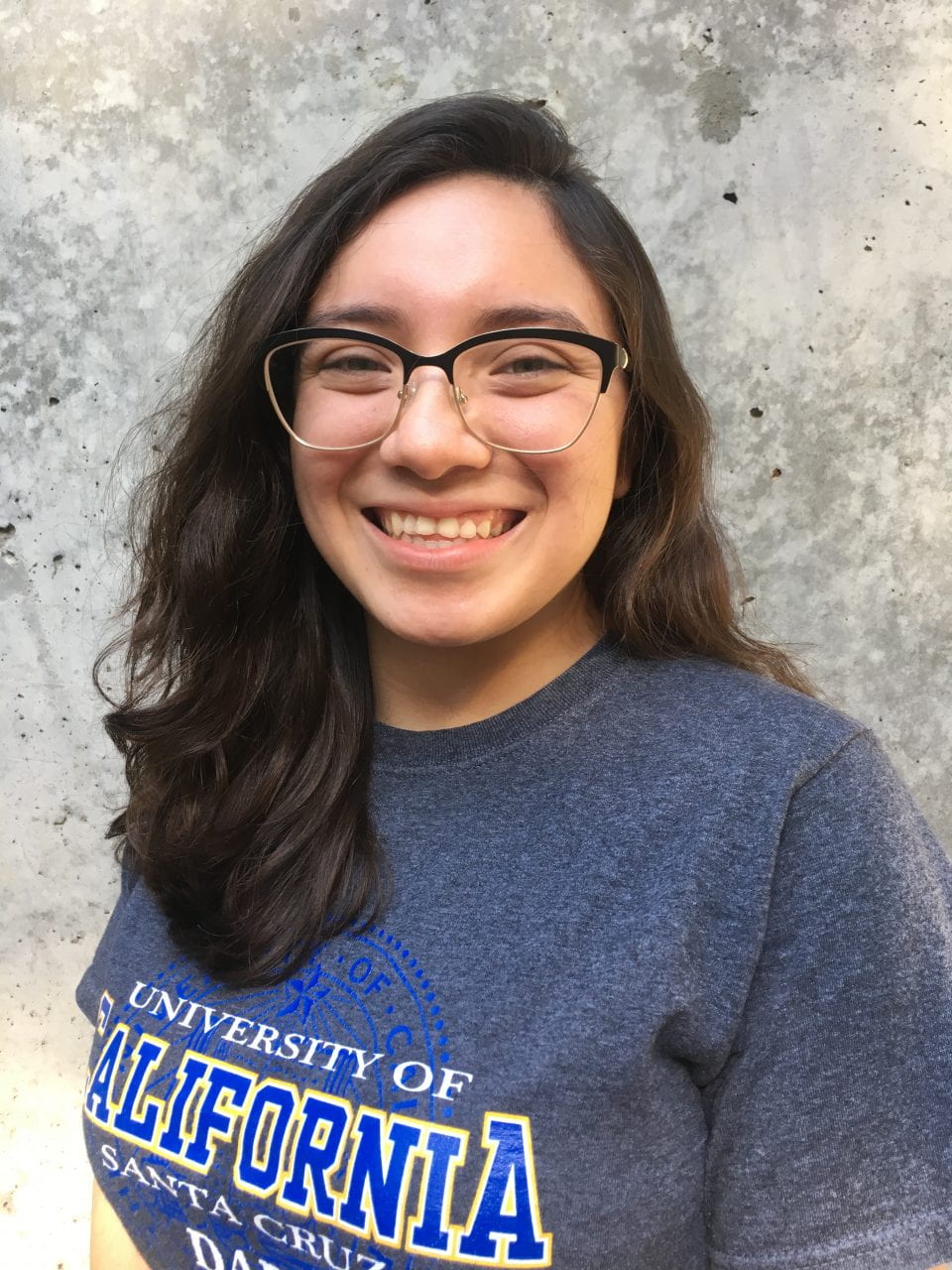
Azuah Gonzalez
2018 – 2020
Major: Biochemistry and Molecular Biology
“The Monitoring Yersinia Type III Secretion System in vitro”
Faculty Mentor: Vicki Stone
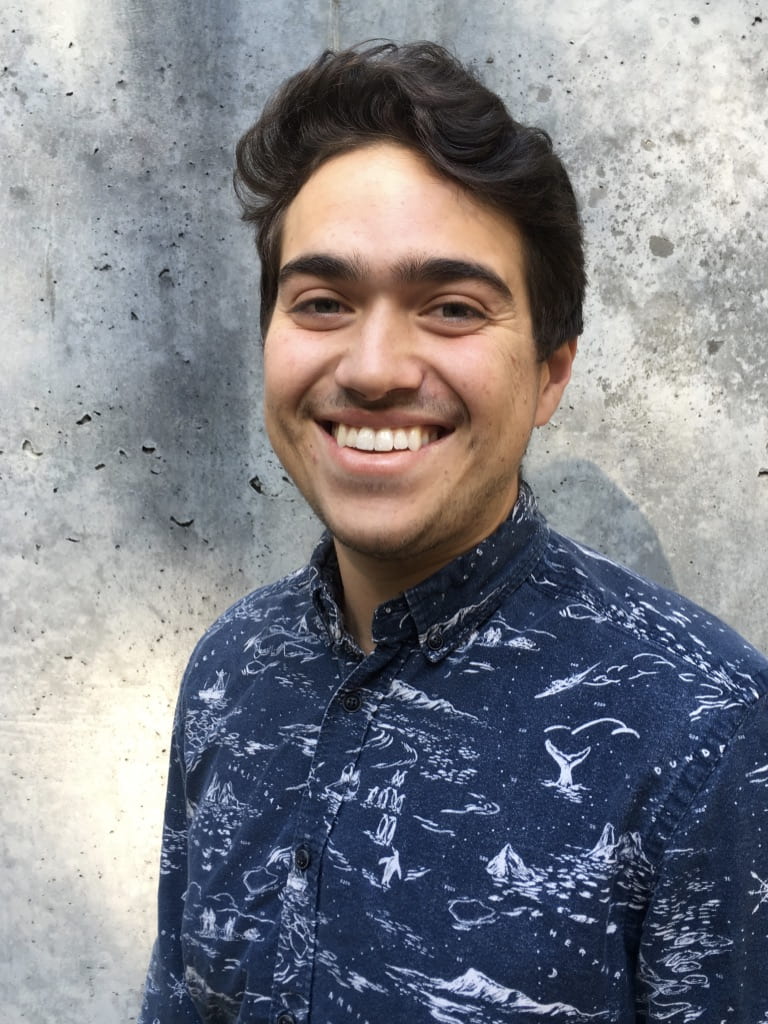
Alexander Hoefler
2019 – 2020
Major: Biomolecular Engineering, Bioinformatics Mino
“Quality assessment of cerebral cortex organoids using immunofluorescence and RNA expression measurements”
Faculty Mentor: David Haussler
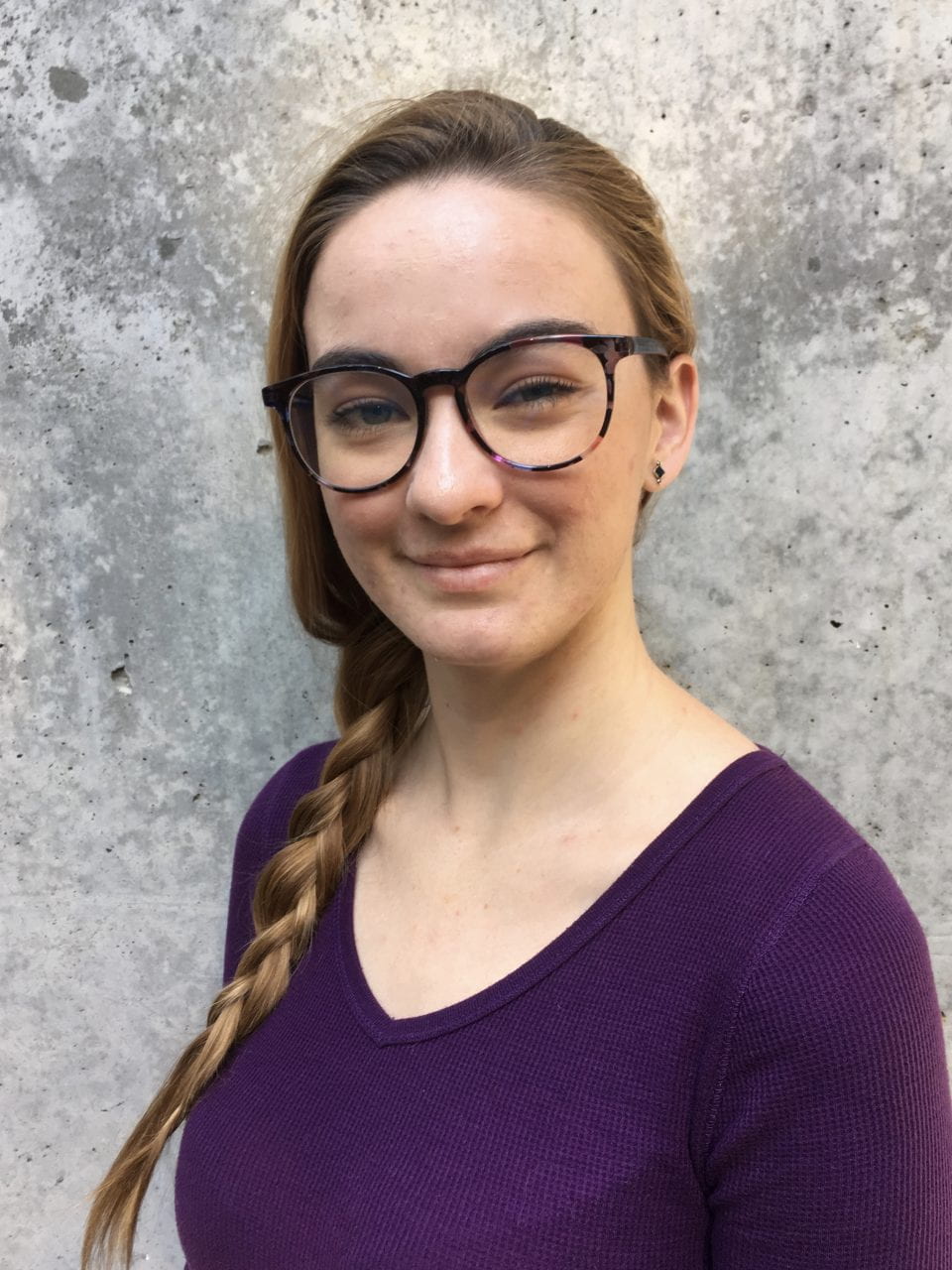
Vanessa Howland
2019 – 2020
Major: Biology
“Investigating whether maternal choline supplementation protects against alterations in epigenetically regulated gene expression caused by developmental Manganese exposure”
Faculty Mentor: Donald Smith

Preet Kaur
2019 – 2020
Major: Biomolecular Engineering and Bioinformatics
“Investigating Functional Genomics and Inferring Distribution of Fitness Effects of Intron Gain in the pelagic tunicate species Oikopleura dioica”
Faculty Mentor: Russ Corbett-Detig
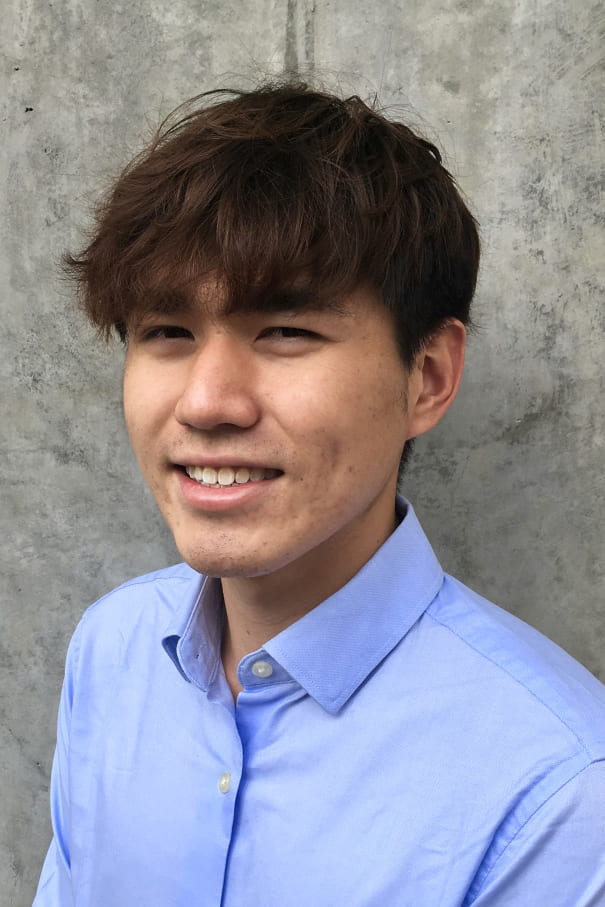
Began Nguy
2019 – 2020
Major: Computer Science
“The Human Cell Atlas Initiative”
Faculty Mentor: Jim Kent
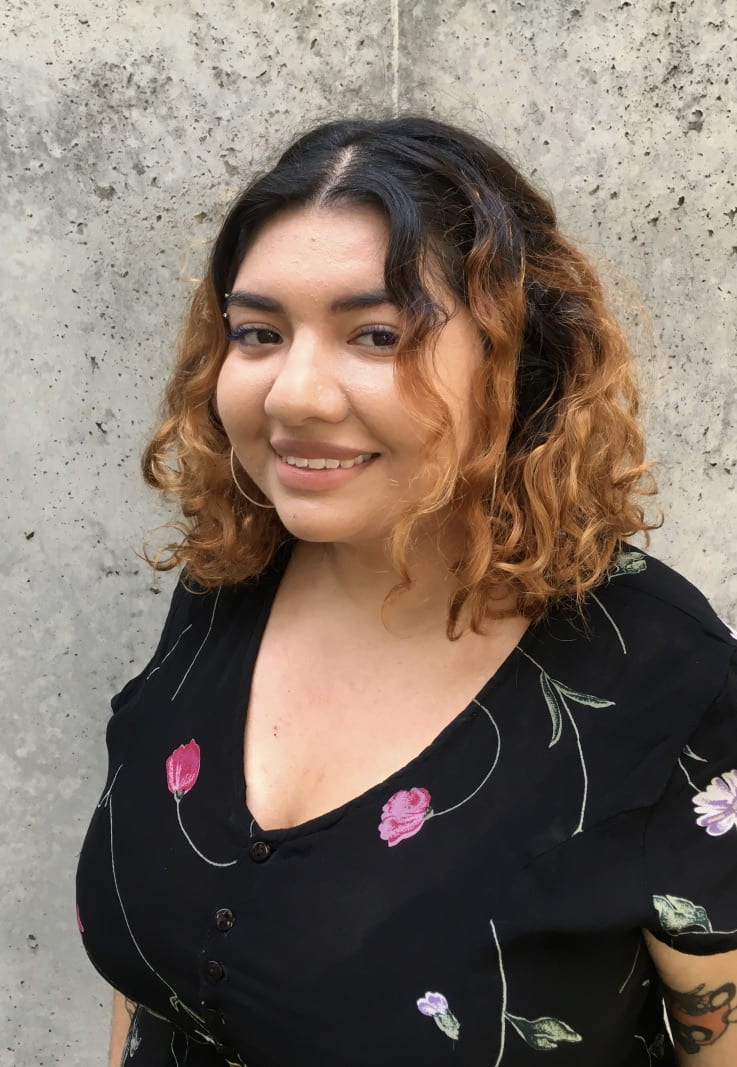
Taylor Real
2018 – 2020
Major: Molecular, Cell, and Developmental Biology
“Optimizing Molecular Inversion Probes to Characterize Human Specific Neurodevelopmental Genes”
Faculty Mentor: David Haussler

Stefanie Brizuela
2017- 2020
Major: Biomolecular Engineering and Bioinformatics
“Determining the effects of mutations in SMARCA4 on alternative splicing in lung adenocarcinoma”
Faculty Mentor: Angela Brooks
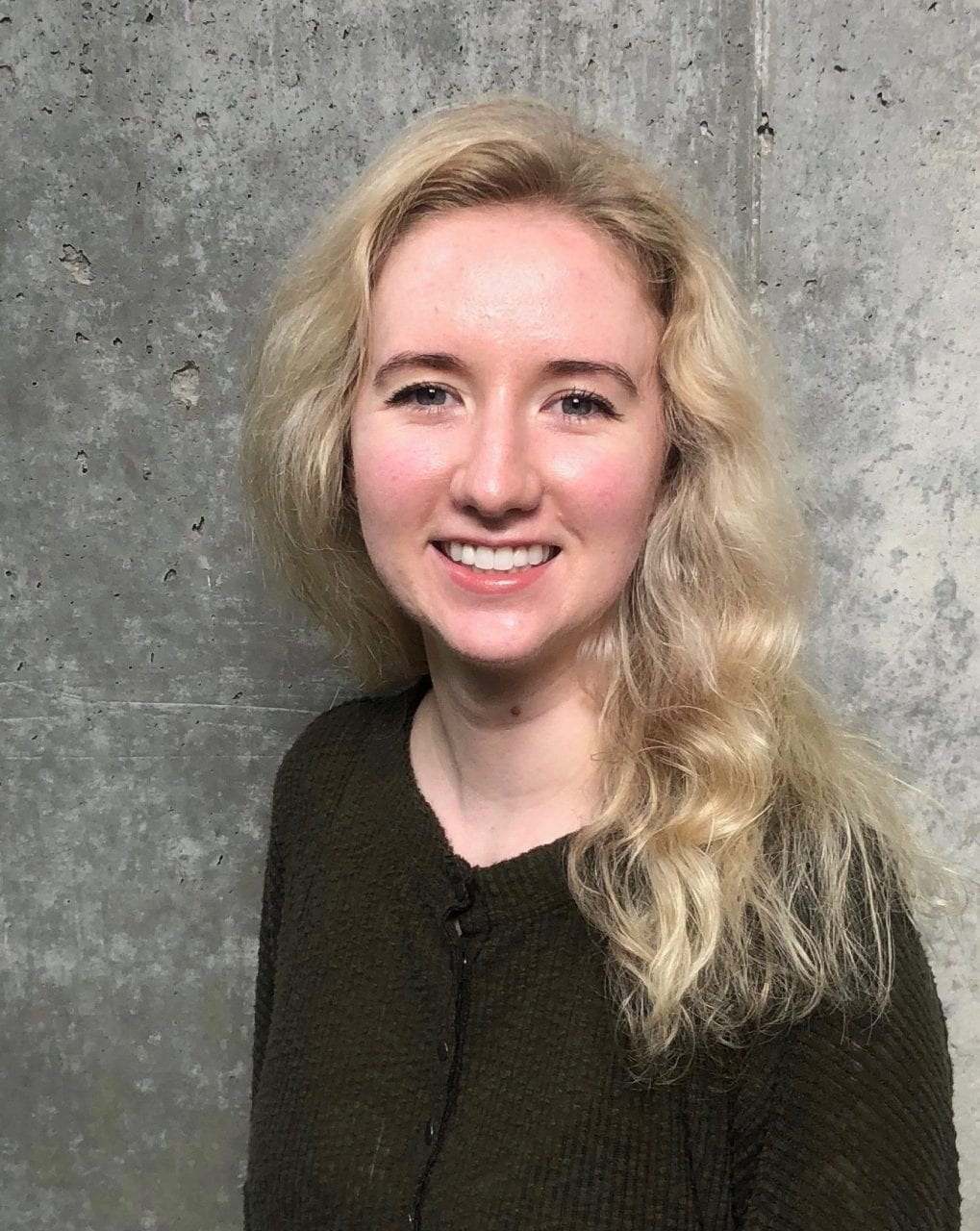
Jackie Roger
2017 – 2019
Major: Bioinformatics, Statistics Minor
“Wolbachia Host-Switching”
Faculty Mentor: Russ Corbett-Detig

Jessica Pierce
2018 – 2019
Major: Biomolecular Engineering and Bioinformatics
“Recognition and Binding of Individual Zinc Finger Domains in Zinc Finger 649 to Primate Transposable Element, L1PA4.”
Faculty Mentor: Sofie Salama/David Haussler

Paola Angulo
2018 – 2019
Major: Biomolecular Engineering, Bioinformatics
“Observation of the Evolutionary Race Between L1 Retrotransposon and KRAB Zinc-Finger ZNF649 Repression in the Human Genome.”
Faculty Mentor: David Haussler/Sofie Salama
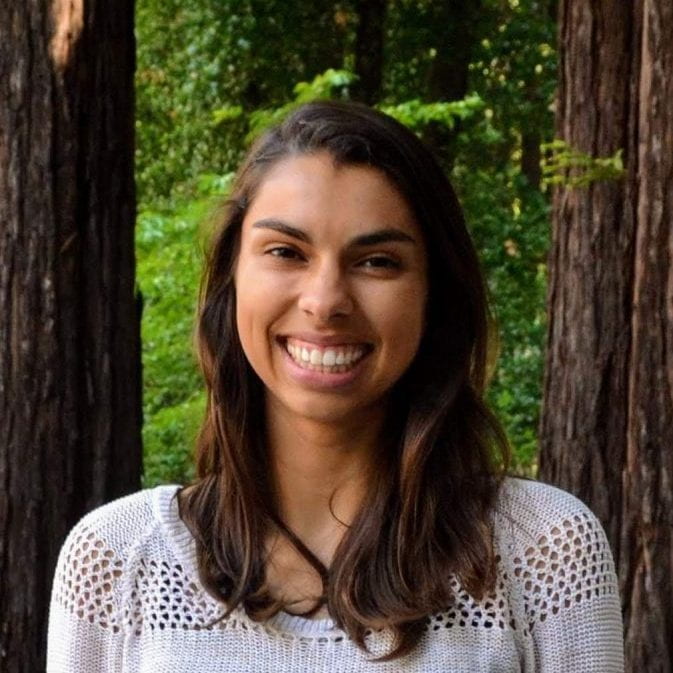
Lourdes Gomez
2018 – 2019
Major: Biomolecular Engineering and Bioinformatics
“Using genomics to infer the consequences of pathogen exposure.”
Faculty Mentor: Beth Shapiro
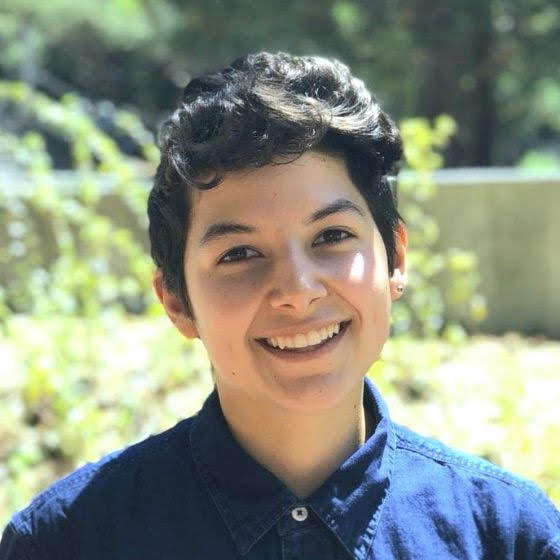
Dante Moreno
2018-2019
Major: Ocean Sciences
“Comparative analysis of the genes involved in the domoic acid biosynthetic pathway of Pseudo-nitzschia species.”
Faculty Mentor: Marilou Sison-Mangus
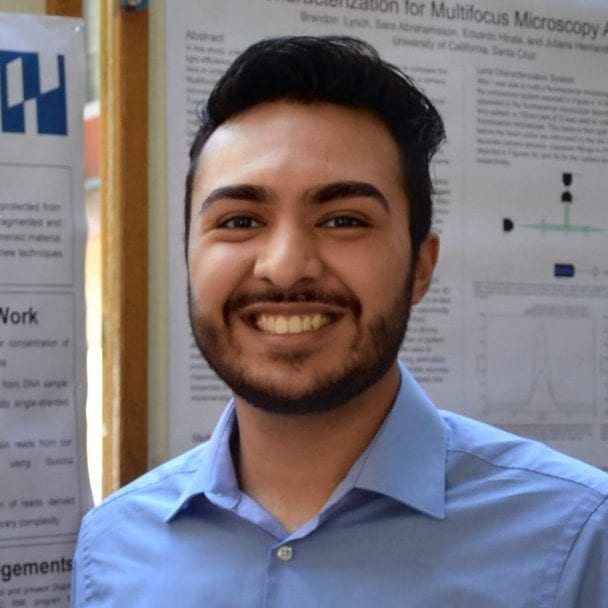
Manuel Varela
2018 – 2019
Major: Paleogenomics/ Bioinformatics
“Building a bioinformatic pipeline to detect rare species in complex sequencing libraries.”
Faculty Mentor: Beth Shapiro

Sascha Zepeda
2018 – 2019
Major: Biomolecular Engineering and Bioinformatics
“Admixture and epistatic interactions between cosmopolitan and ancestral populations of Drosophila populations from Ethiopia and France.”
Faculty Mentor: Russell Corbett-Detig
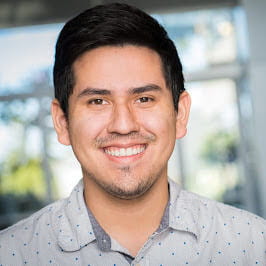
Adrian Salguero
2017 – 2018
Major: Computer Science
“Development of a parallel workflow to find structural variations and the phasing of these variants from a large cohort of human whole genome sequences.”
Faculty Mentor: Benedict Paten

Selam Gebremedhin
2017 – 2018
Major: Molecular, Cell, and Developmental Biology
“Identifying functional links between transcription and splicing of mRNAs.”
Faculty Mentor: Grant Hartzog

Yulia Zybina
2017 – 2018
Major: Chemistry and Biology (Neuroscience)
“Characterizing NOTCH2NL CRISPR mutants/determining CNV of NOTCH2NL paralogs in autism patients.”
Faculty Mentor: David Haussler
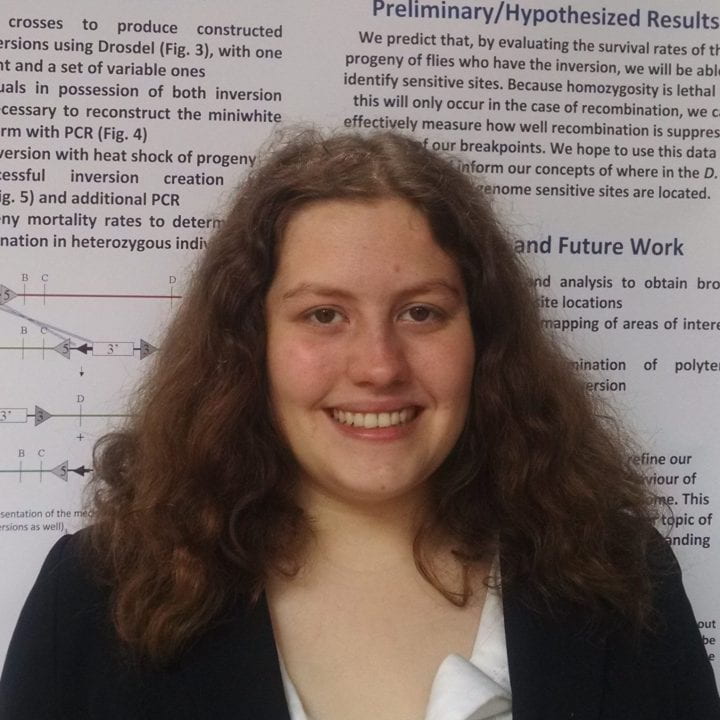
Victoria Serrano
2017- 2018
Major: Bio Chemistry
“Meiotic recombination and the effects of inversions on chromosome pairing.”
Faculty Mentor: Russ Corbett-Detig

Vanessa Veneer
2017- 2018
Major: Chemistry/Biology
“Characterizing NOTCH2NL CRISPR mutants/determining CNV of NOTCH2NL paralogs in autism patients.”
Faculty Mentor: Russ Corbett-Detig

Jessica Arozqueta
2017-2018
Major: Neurobiology and Neurosciences

Melawit Tekeste
2017 – 2017
Major: Molecular, Cell, and Developmental Biology
“Phenotypic analysis of mutant mouse mammary glands (Prickle2 gene: knock- out, heterozygote, and wild- type tissue).”
Faculty Mentor: Lindsay Hinck & Prestina Smith
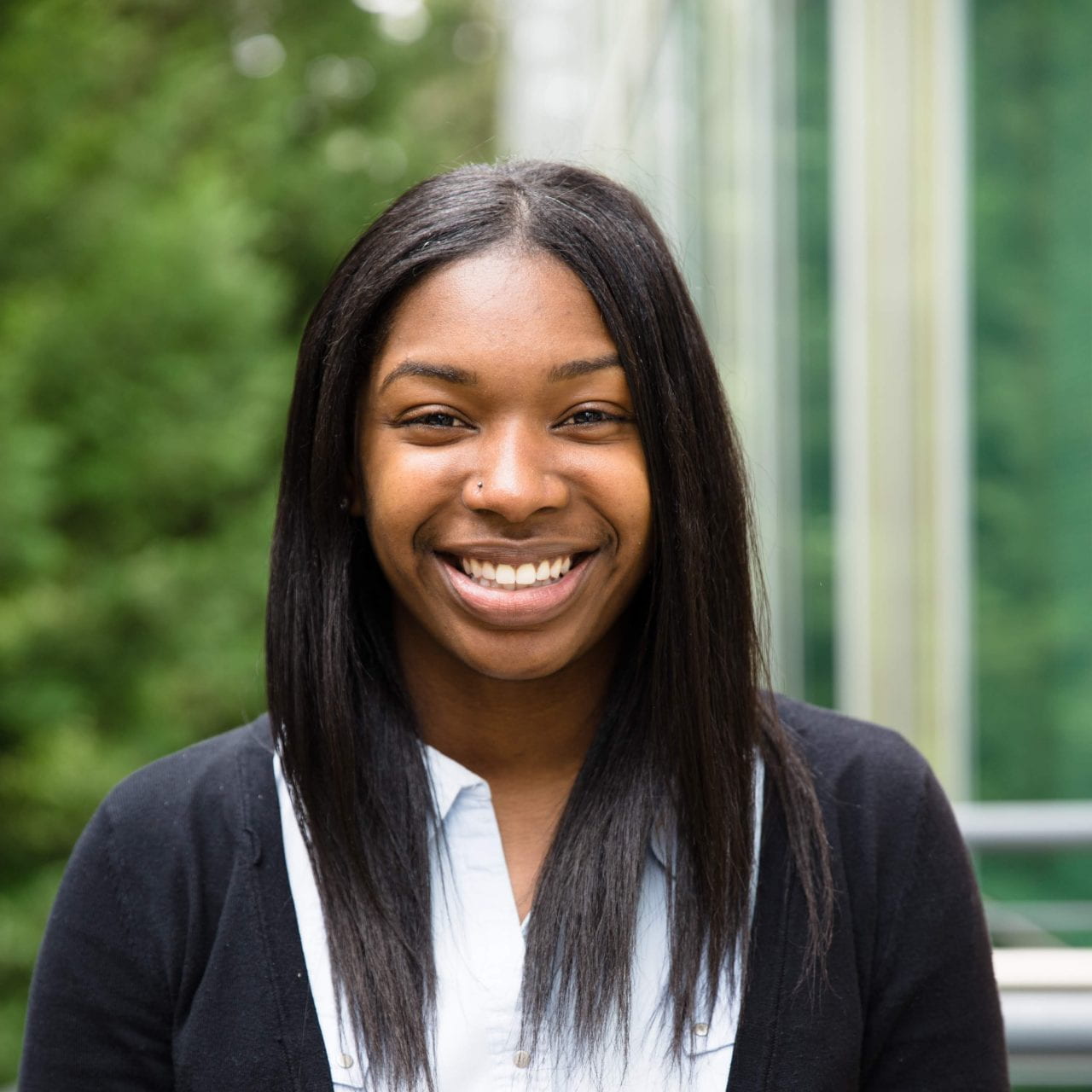
Chelsea Stewart
2016 – 2017
Major: Molecular, Cell, and Developmental Biology
Faculty Mentor: Bin Chen
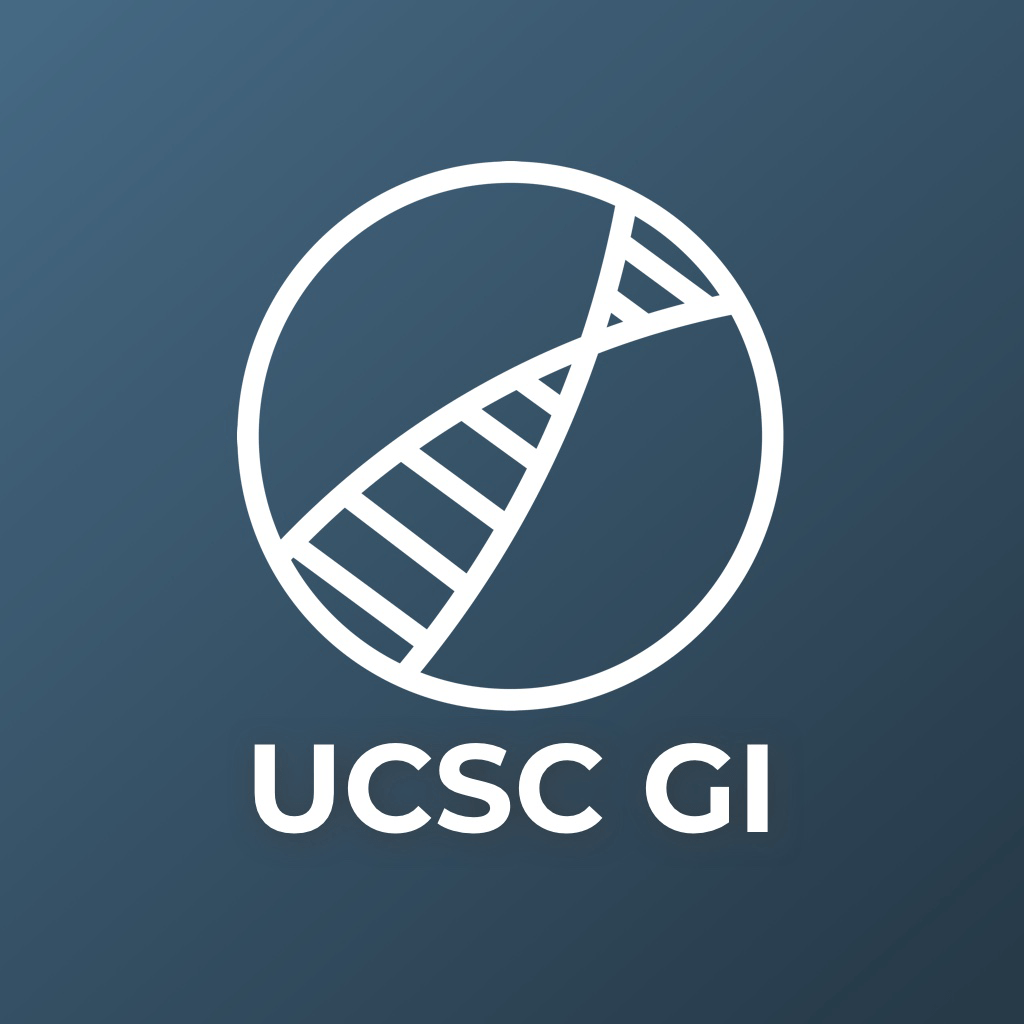
Thao O
2015 – 2016
Major: Molecular, Cell, and Developmental Biology
Worked on pre-RNA splicing and human disease.
Faculty Mentor: Jeremy Sanford
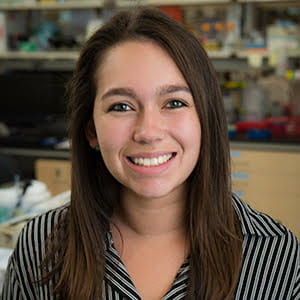
Kevyn Hart
2015-2016
Major: Molecular, Cell, Developmental Biology
“Assessment of spliced- alignment methods for nanopore sequencing reads.”
Faculty Mentor: Angela Brooks
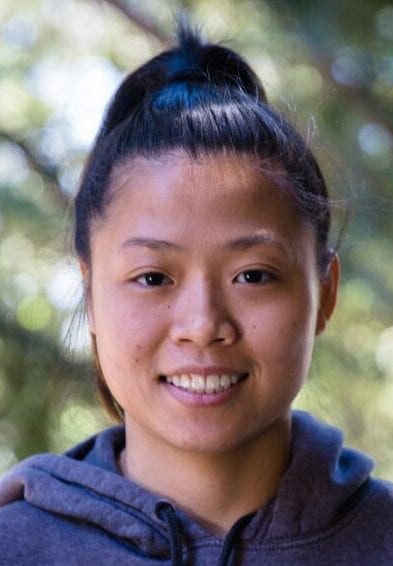
Du Linh Lam
2015 – 2016
Major: Biomolecular Engineering
“Modeling Gliomas using human ES cells.”
Faculty Mentor: David Haussler, Olena Morozova
2015 – 2011 Scholars

Parisa Nejad
2014 – 2015
Major: Molecular, Cell, and Developmental Biology
Worked on the analysis, visualization, and curation of stem cell genomics.
Faculty Mentor: Jim Kent
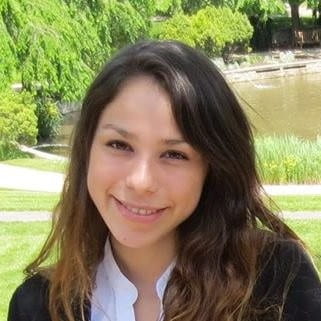
Natalia Herrera
2014 – 2015
Major: Biochemistry and Molecular Biology with a minor in Bioinformatics
Faculty Mentor: Victoria Auerbuch Stone
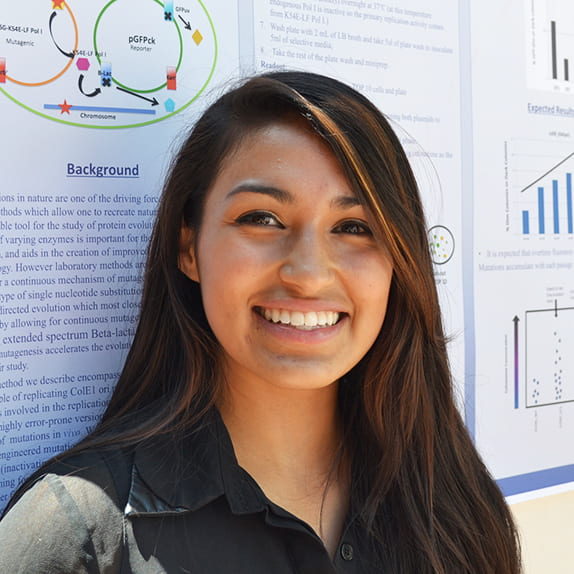
Layla Cervantes
2013 – 2015
Major: Molecular, Cell, and Developmental Biology & Department of Microbiology and Environmental Toxicology
“System for Continuous Mutagenesis of a Target Gene” and studied TEM-1 Beta-lactamase evolution in E.coli.”
Faculty Mentor: Manel Camps
Read More
Layla Cervantes studied how the beta-lactamase protein evolves in E. coli cells under antibiotic (cefotaxmine) selection. She identified how starting mutations condition subsequent mutational trajectories and more generally how individual mutations interact with each other phenotypically. She then subjects the bacteria to cefotaxmine to cause another mutation that increases resistance to this antibiotic. This will allow her to obtain combinations of mutations contributing positively to cefotaxmine resistance. Cervantes also studied how modulating the fidelity of replication affects beta-lactamase’s ability to evolve cefotaxmine-resistant mutants. She will be comparing side-by-side libraries generated by polymerases having different mutation frequency and spectrum, and she will compare the frequency and type of cefotaxmine-resistant mutants after parallel selection of the two libraries. Her work will elucidate how new biochemical activities evolve and provide the tools to anticipate the outcome of complex mutations. December 8, 2014: CONGRATULATIONS Layla who has received a $1500 Undergraduate Research Award from the Sciences Awards Division of UCSC. Layla plans to use the award to present her work at the 2015 Emerging Researchers National (ERN) Conference in STEM in Washington, D.C.
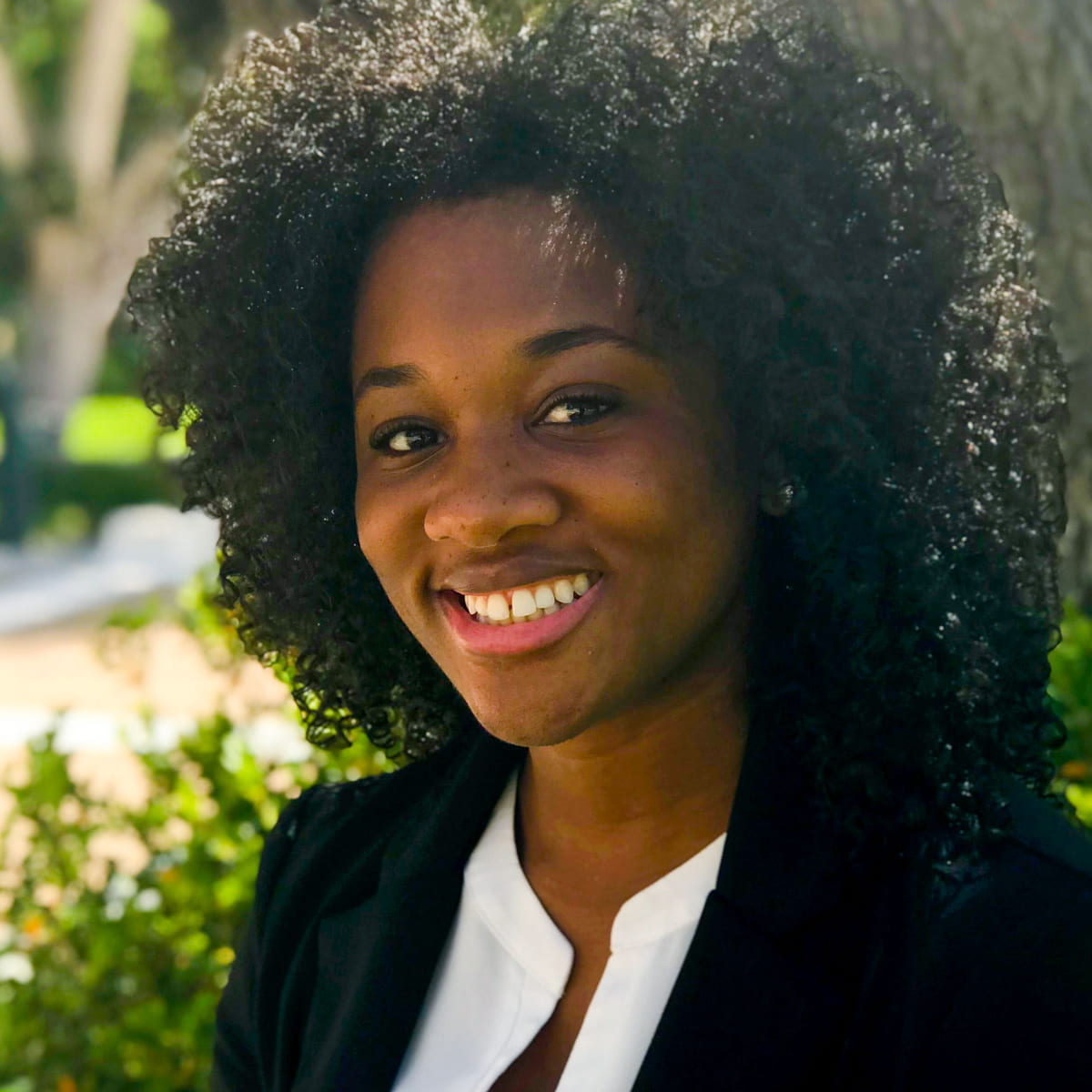
Sandrine Kyane
2014 – 2015
Major: Biochemistry
“Introduction of NOTCH2NL Mutations into Human Cells.”
Faculty Mentor: David Haussler, Sofie Salama, and Olena Morozova
Read More
Gliomas are the most common malignant brain tumors diagnosed in the United States, and they are often incurable using available treatment options. While grade 2 and grade 3 gliomas are known to be associated with mutations in genes IDH1 and ATRX, the exact tumorigenic mechanisms of these mutations are unknown. Sandrine’s project will involve using the recently described CRISPR-Cas9 system to introduce IDH1 and ATRX mutations into human embryonic stem cells. In particular, she will work on constructing and testing special guide RNAs that will ensure the mutations are introduced at the sites of interest. Successful generation of embryonic stem cell lines carrying glioma mutations would provide an invaluable model system to study glioma development in the laboratory and develop new therapies for the disease.
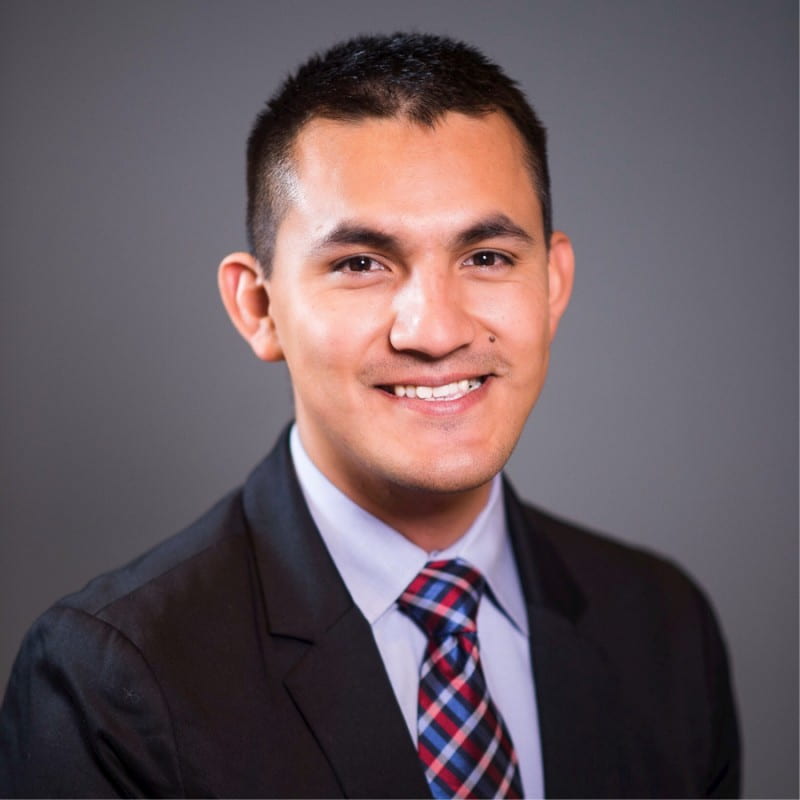
Eric Curiel Lares
2013 – 2014
Major: Ecology & Evolutionary Biology
“The evolution and diversification of innate immunity genes in sea urchins.”
Read More
He uses the UCSC Genome Browser to compare the complete genomes of nine sea urchins and search for patterns of duplication (paralogs) in innate immunity genes. Lares found that the majority of innate immunity genes contained paralogs in all species, suggesting a rapid rate of new gene formation. He then used a phylogenetic analysis by maximum likelihood (PAML) program to test for signs of positive natural selection in single-copy innate immunity genes. Tests for positive selection were significant at roughly a third of the genes examined. Lares’s results are consistent with those of earlier studies in drosophila where innate immunity genes demonstrated rapid diversification and evolution through antagonistic host-parasite co-evolutionary interactions.
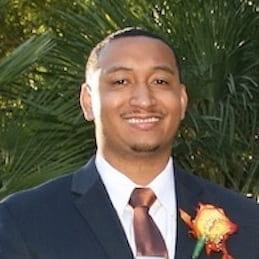
Jordan Hughey
2013 – 2014
Major: Bioinformatics
“Site directed mutagenesis and pore formation testing of nanopores.”
Faculty Mentor: Mark Akeson
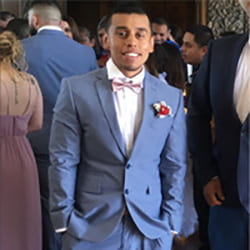
Gerardo Perez
2013 – 2014
Major: Biomolecular Engineering
“The goal of HIV research is to produce a vaccine that offers complete protection from the virus.”
Read More
To date, no vaccine has shown this. Broadly neutralizing antibodies are antibodies capable of blocking infection from a wide variety of clinical isolates. PG9 is a broadly neutralizing antibody that targets the V1/V2 region of the HIV gp120. Gerardo’s project involves Structure-focused vaccine design of the V1/V2 region of gp120. The goal is to engineer a scaffold to fold like the native structure in the gp120 and stabilizing the β -hairpin leading to Mannose 5 at N160. This involves making mutations to V1/V2 scaffolds in variety of clades to optimize PG9 binding. Ultimately, these scaffolds could possibly be used in immunizations.
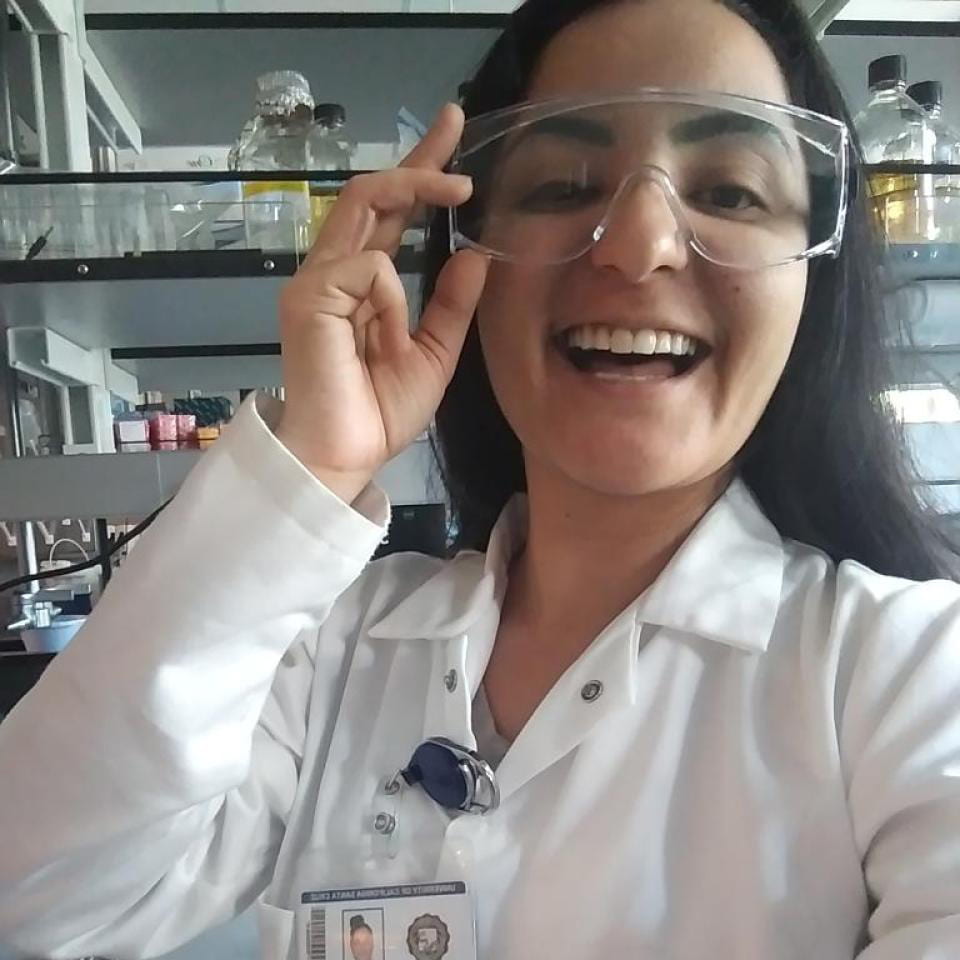
Elvira Contreras
2012 – 2013
Major: Molecular, Cell, and Developmental Biology
“Analysis of a family of genes predicted to encode calcium/proton transporter.”
Faculty Mentor: Barry Bowman
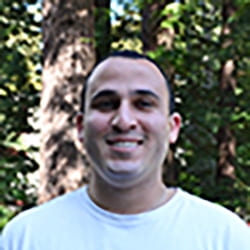
Geoffrey Slaughter
2012 – 2013
Major: Molecular, Cell, and Developmental Biology
“Regulation of lifespan by the MES complex in c.elegans.” Read Geoff’s award-wining senior thesis, based on his research in the Strome lab.”
Faculty Mentor: Susan Strome
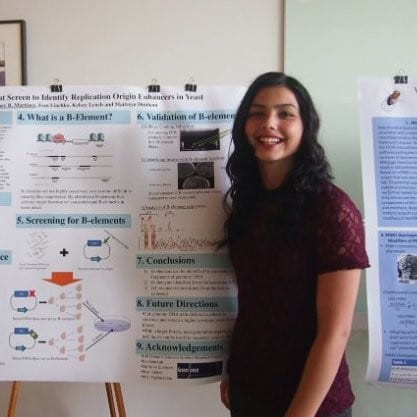
Britney Martinez
2012 – 2013
Major: Molecular, Cell, and Developmental Biology
“Genomics of the RNA binding splicing factor Mer1.”
Faculty Mentor: Manny Ares
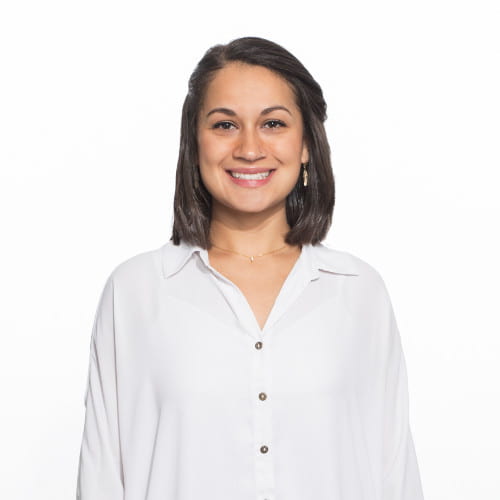
Cynthia Smith
2012-2013
Major: Microbiology and Environmental Toxicology
“Role of antiretroviral-selected mutations in HIV-reverse transcriptase in shaping the HIV genome.”
Faculty Mentor: Manel Camps
Read More
Drug resistance limits use of antiretroviral drug treatment for patients infected with HIV, primarily drugs that inhibit reverse transcriptase (RT). Cynthia’s project focused on the mechanisms by which RT functions in HIV to understand how replication fidelity impacts viral fitness and determine the frequency of selected mutations generated by HIV wild-type and variant polymerases. She used an E. coli in vivo model and direct sequencing to generate a distinct replication and mutation footprint for each polymerase. Determining distinct replication mechanisms and patterns will help predict the risk for developing resistance to additional drugs and understand how these mutations increase persistence.

Alex Salazar
2012 – 2013
Major: Biomolecular Engineering
“Semi-automated MagArray chip fictionalization.”
Faculty Mentor: Alan Zahler
Read More
Alex is currently designing and engineering a device that will simplify the immobilization of specific receptor molecules on a magnetic chip. The magnetic chip’s system is based on GMR (Giant Magnetic Sensor), and with the help of paramagnetic nanobeads, one can detect the presence of a specific protein/molecule. Ideally, we would test and detect multiplex proteins on a single chip by transferring a solution to a specific region on the sensor array. However, the current method is rather challenging and inefficient. With the help of this device, researchers will be able to detect multiplex proteins more efficiently and accurately. Read about Alex’s project at the Harvard-MIT Broad Institute Summer Research Program in Genomics. View Alex’s ISMB 2014 Poster presentation Investigating large sequence variants in drug resistant Mycobacterium tuberculosis

Rocio Ramos
2011 – 2012
Major: Molecular, Cell, and Developmental Biology
“Investigating the relationship between VANGL2 and cilia in the mammary gland.”
Faculty Mentor: Lindsay Hinck

Laci Hampton
2010 – 2011
Major: Biomolecular Engineering
“Improving next-generation sequencing flow.”
Faculty Mentor: Nader Pourmand
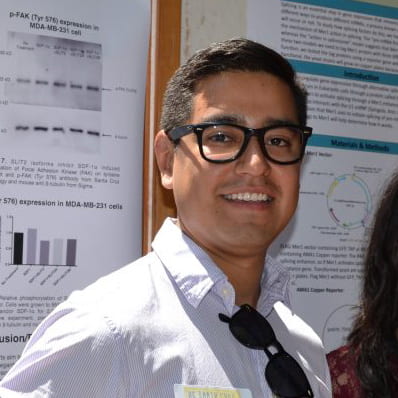
Santiago Salazar
2010 – 2011
Major: Microbiology & Environmental Toxicology
“The role of SLIT signals in the regulation of breast stem cell growth and cancer initiation.”
Faculty Mentor: Lindsay Hinck
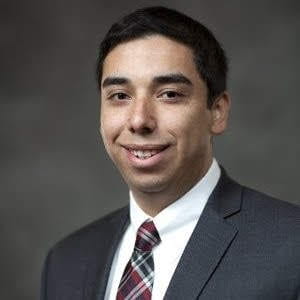
Rene Moreno
2010 – 2011
Major: Microbiology & Environmental Toxicology
“Green fluorescence protein based biosensor for arsenic contamination detection.”
Faculty Mentor: Chad Saltikov
Read More
Rene worked on two projects. The first focused on creating a bio-sensor for arsenic in collaboration with UCSC adjunct professor Dr. Dominik Rabus (Electrical Engineering and Computer Science). The bio-sensor will serve as a microbial sensor in which arsenic in found in-front of a green fluorescence protein, which can be used to detect arsenic more efficiently using fluorescence. Rene’s contribution to the project was to help determine how robust the bio-sensor strain is at detecting different arsenic concentrations and how accurately it can be read by fluorescence and optical density. The second project consisted of engineering a more proficient strain that contains the arsenic genome, by inserting a green fluorescent protein element into a region of the genome that regulates arsenic. The approach was to develop a molecular approach such as polymerase chain reaction and genome sequencing to determine where the green fluorescence protein is inserted. Once the arsenic bio-sensor is successful, the Saltikov Lab plans to develop bio-sensors for other metals. Moreno graduated in June 2011 and is currently working as a program coordinator at the SACNAS main office, in Santa Cruz, CA, and applying to graduate programs.
2010 – 2004 Scholars
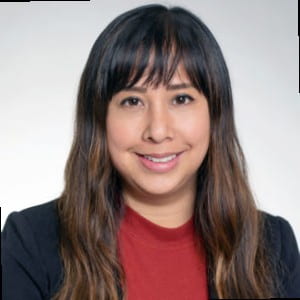
Katrina Luna
2009 – 2010
Major: Ecology & Evolutionary Biology
“Genetic diversity arising from bacteria-bacteriophage interactions driven by different genetic mechanisms.”
Faculty Mentor: Samantha Forde

Jose Loza
2009 – 2010
Major: Computer Engineering
“Analyzing the effectiveness of the IZON resizable nanopore device.”
Faculty Mentor: William Dunbar
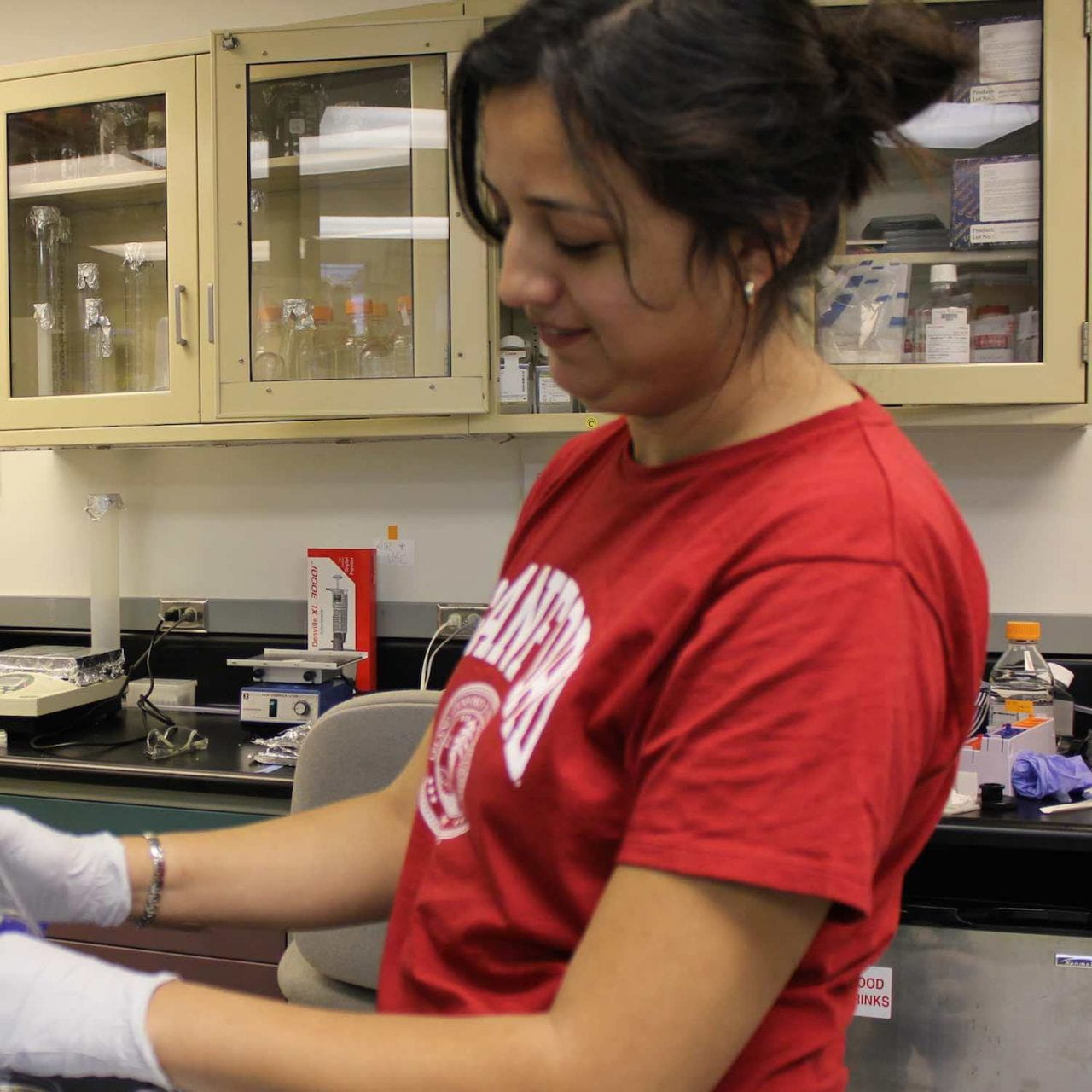
Claudia Mariella
Lavarreda-Pearce
2009 – 2010
Major: Microbiology & Environmental Toxicology
“Transposon mutanogenesis of Shewanella sp. ANA-3.”
Faculty Mentor: Chad Saltikov

Regina Chavez
2008 – 2009
Major: Community Studies
“Obesity and genetic research: What are we really learning?”
Faculty Mentor: Claudia Chaufan
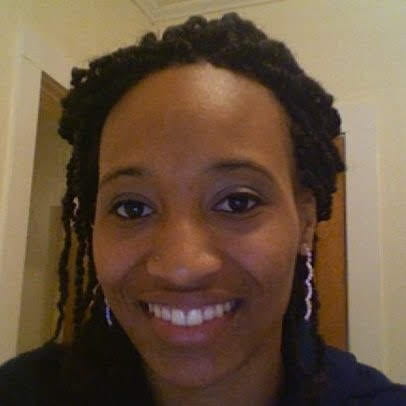
Christine Sinclair
2008 – 2009
Major: Molecular, Cell, and Developmental Biology
“Molecular paternity analysis of the side-blotched lizard, Uta stansburiana.”
Faculty Mentor: Barry Sinervo
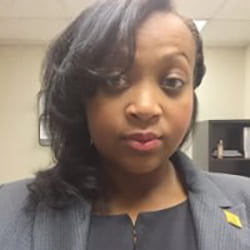
Nicole Milner
2008 – 2009
Major: Ecology & Evolutionary Biology
“Determining the presence of T3 and Lambda in communities of coevolving bacteria and bacteriophage.”
Faculty Mentor: Samantha Forde
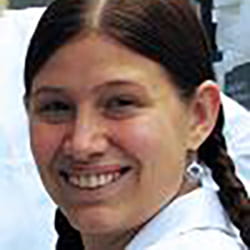
Nicole Coppage
2008 – 2009
Major: Microbiology & Environmental Toxicology
“Creation and phenotypic characterization of a cheZHP mutant.”
Faculty Mentor: Karen Ottemann

Tiffany Lopes
2007 – 2008
Major: Molecular, Cell, and Developmental Biology
“Can stalling of RNA polymerase influence alternative splicing?”
Faculty Mentor: Manny Ares
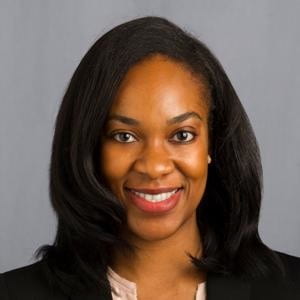
Christine Sinclair
2007 – 2008
Major: Chemistry and Biochemistry
“Biochemical mechanisms that control the cell cycle.” Ouwole worked to deepen understanding of the process involved in regulating retinoblastoma protein, which is implicated in a childhood cancer of the eye.”
Faculty Mentor: Seth Rubin
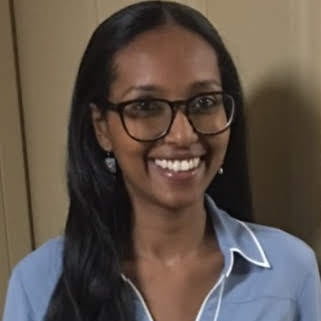
Shewit Tekeste
2007 – 2008
Major: Molecular, Cell, and Developmental Biology
“Splicosome structural analysis.”
Faculty Mentor: Melissa Jurica
Read More
Tekeste worked to understand a critical step in the process where information in DNA is read and then used in cells. The step is called pre-mRNA splicing, and errors in this process are responsible for a large number of human genetic diseases. Shewit focused on the structural analysis of an early phase of the spliceosome, called E complex.

Israel Murguia
2006 – 2007
Major: Politics/Community Studies
“Combating health disparities.” Murguia researched minority access to healthcare, the disparities minorities face in receiving equitable medical care, and how genomic information may help to improve health outcomes. Read the paper“
Faculty Mentor: Mike Rotkin

Sonia Arevalo
2005 – 2006
Major: Environmental Toxicology
“Rho-independent termination in Helicobacter pylori.”
Faculty Mentor: Karen Ottemann
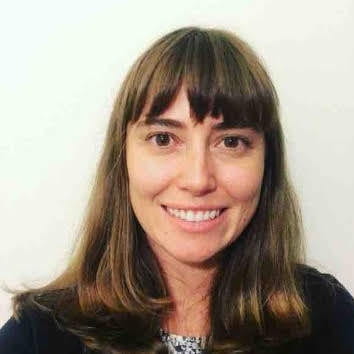
Emily Berry
2005 – 2006
Major: Molecular, Cell, and Developmental Biology
“Role of the Caenorhabditis elegans extracellular matrix protein F-spondin/SPON-1 in neural development.” Read the paper
Faculty Mentor: Andrew Chisholm
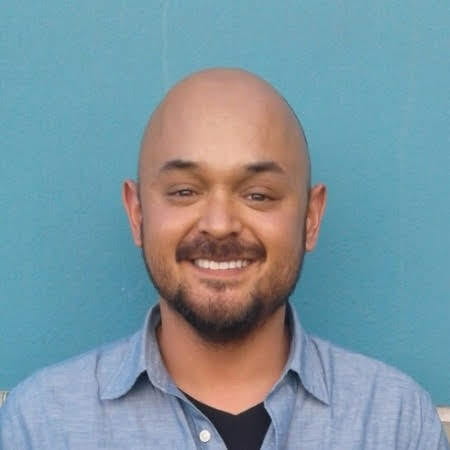
Alexander John Yambao
2005 – 2006
Major: Molecular, Cell, Developmental Biology
“Using immunoliposomes in combination with the immune system to treat cancer.” The project was conducted in Doug Kellogg‘s laboratory.”
Faculty Mentor: Melissa Jurica
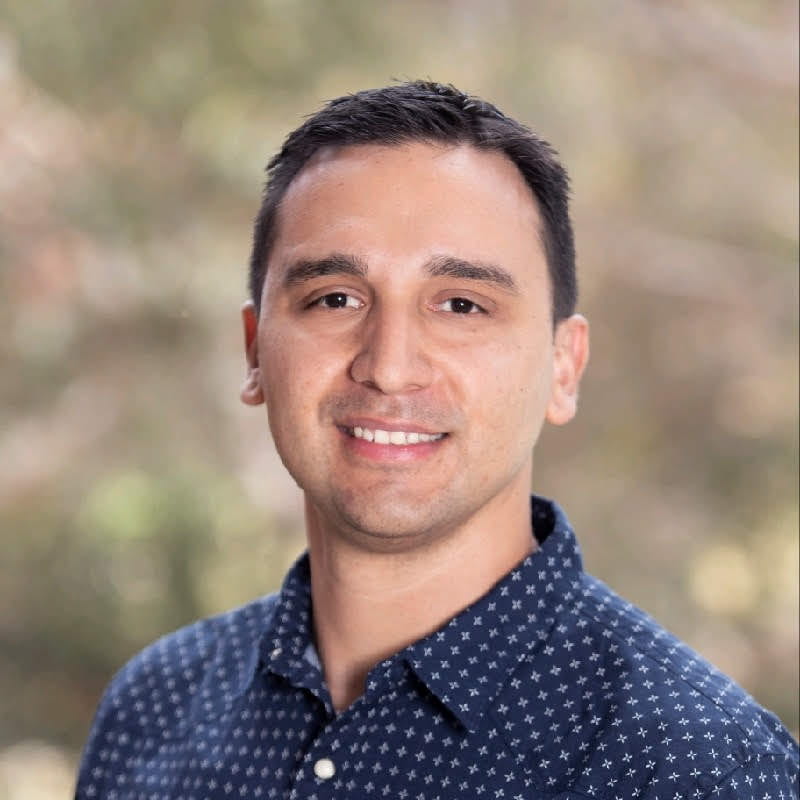
Edward Cabral
2005 – 2006
Major: Environmental Toxicology
“Quantitative real time PCR detection of Helicobacter pylori.”
Faculty Mentor: Karen Ottemann
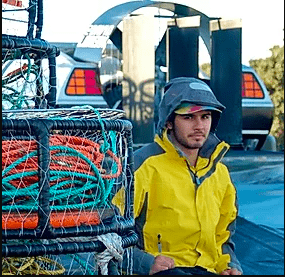
Matt Riese
2004 – 2005
Major: Philosophy
“The biological meaning of ‘race.’” Read the paper
Read More
Riese outlined the debate now raging in academic circles as to whether race is a scientifically valid descriptor of humans or simply an arbitrary social label. He described a range of issues related to understanding race from both ethno-cultural and scientific vantage points. He laid out the dangers of relying on race to categorize people for medical and social purposes and argues that while humans may fall into “races” that are at least somewhat biologically dissimilar, we must make sure this information is used only to benefit people.

Daphne Ochoa
2004 – 2005
Major: Molecular, Cell, and Developmental Biology
“Interactions between the 17-beta-estrodiol/estrogen receptor-alpha and the mitogen-activated proten kinase (MAPK) cascade in regulating mammary gland development; the effect of antiestrogen and MAPK inhibitor.”
Faculty Mentor: John Tamkun
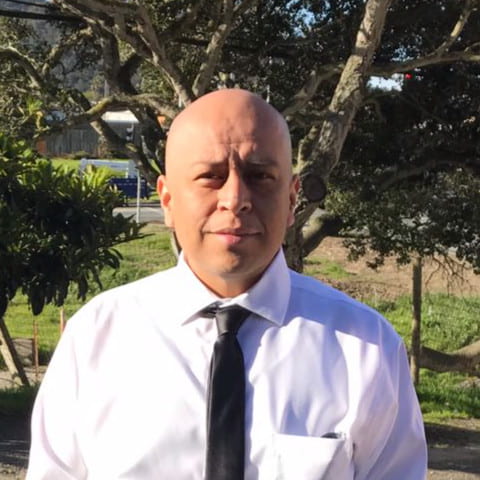
Oscar Hernandez
2004 – 2005
Major: Molecular, Cell, Developmental Biology
“Gene expression. Hernandez worked on a project that involved solving the structures of 150 proteins that make up the spliceosome, a critical macromolecular complex in gene expression.”
Faculty Mentor: Melissa Jurica

Lucy Silva
2003 – 2004
Major: Computer Science
“The possibility of a DNA database society.” Silva examined the practices of genetic profiling by police and collecting DNA samples from prisoners in California and the related legal and social implications. Read the paper.
Read More
She also explored the issues of DNA ownership and genetic privacy. In the age of computers, she looked at legislative solutions to the question “do we want the government to have our genome?”

Emilia Lopez
2003 – 2004
Major: Philosophy & Education
Genetic modification/Cloning
Read the genetic modification and egalitarianism paper
Read the cloning and regulation paper
Read More
In her first paper, “Genetic modification and egalitarianism: distinguish and distribute,” Lopez illustrated the difference between “preventative” gene therapy and “enhancement” gene therapy. She described the threat genetic engineering poses in a society with an unequal distribution of health care. In her second paper, “Three types of cloning and the necessity to regulate,” Lopez defined and evaluated DNA cloning, reproductive cloning, and therapeutic cloning. She referred to current legislation in the US and examines the results of the California Advisory Committee of Human Cloning.
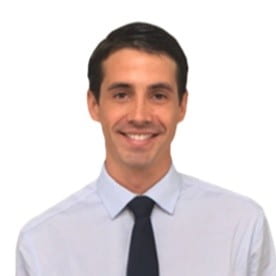
Alexis Rojas
2003-2004
Major: Philosophy and Biology
“Moral issues of genetic engineering” and “Somatic cell gene therapy.”
Read More
In his first paper, “Future consequences for potential persons and our parental obligations regarding human germline engineering,” Rojas argued for the therapeutic use of genetic engineering while evaluating a broad range of possible applications and concerns. In this paper he examined parents’ responsibilities to their children in an age of germline engineering. In his second paper, “Somatic cell gene therapy: a leap in technology and reassessment of values,” Rojas compared somatic cell gene therapy with traditional medicine in order to dispel fears and examine the present values and definitions of “healthy.”
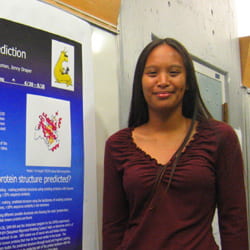
Marcia Soriano
2003-2004
Major: Biomolecular Engineering
“Protein structure prediction.” Soriano worked on developing a program to evaluate the output of various computer algorithms for predicting local protein structure.
Faculty Mentor: Kevin Karplus
Former Graduate RMI Scholars
An RMI Graduate fellowship for genomics scholars was offered in years past, but funding for the 2017-2018 academic year was discontinued*

Terrill Yazzie
2016 -2017
Major: Ocean Sciences
“The role of phytoplankton- associated bacteria in degrading polycyclic aromatic hydrocarbons via host lipids with concomitant transcriptomics.”
Faculty Mentor: Marilou Sison-Mangus
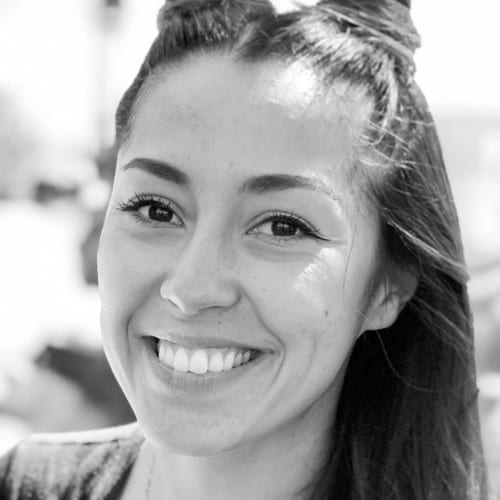
Jessica Morgan
2016 – 2017
Major: Microbiology and Environmental Toxicology
“Identifying molecular targets of the Yersinia pseudo tuberculosis type three secretion system inhibitor piercidin A1.”
Faculty Mentor: Victoria Auebuch-Stone
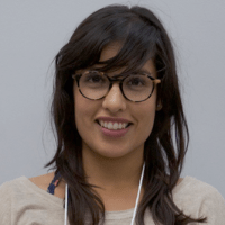
Martha Arciniega
2010 – 2011,
2015 – 2016
Major: Ocean Sciences
“Genetic diversity of the toxin mediating aryl hydrocarbon (AhR) genes in resident Oncorhyncus mykiss.”
Faculty Mentor: John Carlos Garza
Read More
Arciniega studied sea otters, Enhydra lutris ssp, known as a “keystone species” because they have a strong influence on diversity of near-shore marine communities. Unfortunately, sea otters were hunted almost to extinction and population sizes have dramatically decreased in the past 50 years. Information about the amount and distribution of genetic variation is vital for implementing effective conservation efforts. Martha’s project involves adding variable markers to the microsatellites already in use for sea otters. Microsatellites–DNA sequences that include tandem-repeated base pairs–are used to determine the relatedness between individuals and among populations. Microsatellites can provide information about population history, genetic drift, mate choice and migration. This project will provide enough statistical power to reconstruct pedigrees and investigate levels of differentiation between otter populations in California, Alaska and Russia. The pedigrees will show the lineages of sea otters that are closely related or part of the same family. A more complete knowledge regarding otter pedigrees will help marine scientists understand patterns of dispersal as well as past historical demography.
In Fall 2015 and Winter 2016, she worked on a project, “Parallel evolution & adaptive genomics of the steelhead summer ‘ecotype’ in multiple populations in Oregon and California.
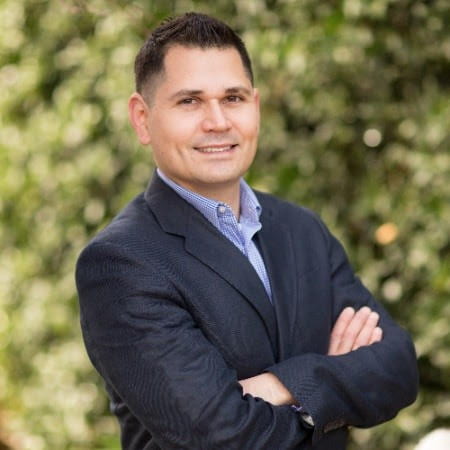
Javier Morales
2015 – 2014
Major: Biomolecular Engineering
“Engineering V1/V2 scaffolds to bind the broadly neutralizing antibody PG9 produced in normal cell lines.”
Faculty Mentor: Phillip Berman
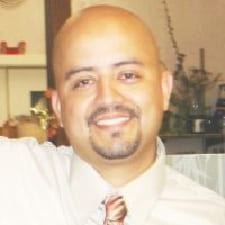
Rigo Dicochea
2010 – 2012,
2013
Major: Computer Engineering
“Enhancing performance of genome sequencing processors.”
Faculty Mentor: Jose Renau and Mark Diekhans
Read More
Dicochea examined how architectural modifications to a general purpose processor design can increase the computational performance of current genome sequencing algorithms. Scientific applications such as those necessary in the genomic sciences are heavily data parallel. Thus, the issues addressed in the design of a CPU for scientific applications must take into account additional parameters above what is specified for a general purpose processor. Rigo’s research project seeks to explore those parameters. His goal is the design and fabrication of a microprocessor architecture aimed at providing very high computational performance on very large genomic data sets. He also hopes to introduce a new suite of benchmarks to the computer architecture community that will enable researchers to quantify the performance of genomic applications on their processor designs.
In Fall 2015 and Winter 2016, she worked on a project, “Parallel evolution & adaptive genomics of the steelhead summer ‘ecotype’ in multiple populations in Oregon and California.
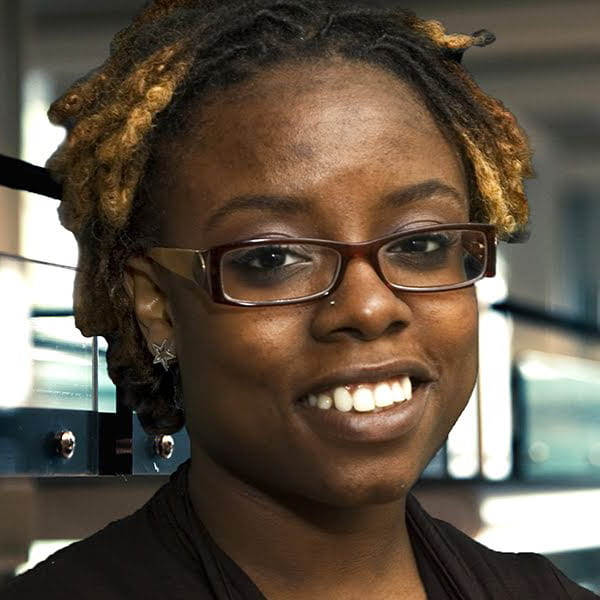
Pamela Ruth Tilus Watson
2012 – 2013
Major: Microbiology and Environmental Toxicology
“Molecular mechanism for arsenic reduction.”
Faculty Mentor: Chad Saltikov
Read More
Pamela studies a key component of the molecular mechanism whereby arsenic, a naturally occurring toxic metal, leaches into drinking water aquifers. Arsenic contaminated drinking water is tasteless and odorless, and therefore hard to detect. Arsenic gets into the natural water system because in natural sediments low in oxygen and rich in arsenic and carbon, microbes generate energy by reducing arsenic instead of oxygen during cellular respiration. The reduced form of arsenic is water soluble, and thus can seep into drinking water aquifers. Pamela’s research aims at understanding exactly which aspects of microbial respiration impact the mobilization of this toxin.
In Fall 2015 and Winter 2016, she worked on a project, “Parallel evolution & adaptive genomics of the steelhead summer ‘ecotype’ in multiple populations in Oregon and California.
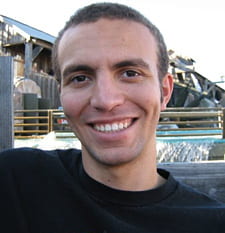
Walter Adams
2010 – 2012
Major: Microbiology and Environmental Toxicology
“The role of the central region of YopD in Yersinia pseudotuberculosis virulence.”
Faculty Mentor: Victoria Auerbuch Stone
Read More
All three human pathogenic Yersinia species, Y. pseudotuberculosis, Y. enterocolitica, and Y. pestis utilize a needle-like apparatus called a type three secretion system (T3SS) that is required for virulence. The T3SS forms a pore in the membrane of host cells and injects Yersinia effector proteins into the host cell cytoplasm. Once inside the host cell, these effector proteins disrupt the host immune response to Yersinia infection. YopD is a T3SS translocator protein involved in the post-transcriptional regulation of yop synthesis and pore formation in host cell membranes, both of which are directly linked to the effective translocation of effector proteins into the host cell cytosol. Groups have identified and described several discrete functional domains on YopD that are involved in chaperone binding, membrane interactions, and the translocation of Yersinia effector proteins. Despite these efforts, the central region of YopD between amino acids 150-227 (YopD150-227) remains largely uncharacterized. Walter’s research aims to identify the role that YopD150-227 plays in Yersinia pseudotuberculosis infection. Understanding the function of this domain will generate a more comprehensive picture of YopD in the context of Yersinia virulence and host-pathogen interactions.
In Fall 2015 and Winter 2016, she worked on a project, “Parallel evolution & adaptive genomics of the steelhead summer ‘ecotype’ in multiple populations in Oregon and California.
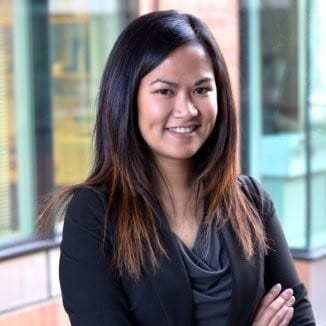
Janine Llagan
2007 – 2009
Major: Molecular, Cell, and Developmental Biology
“Structural changes in spliceosomes created by pre-mRNA trimming as visualized by electron microscopy.”
Faculty Mentor: Melissa Jurica
Iligan aimed to better characterize the structure of the human spliceosome, an important catalyst for gene expression.
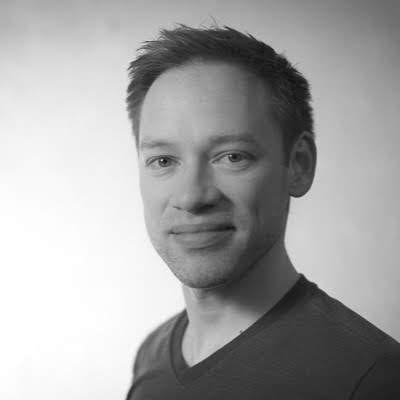
Daniel Garalde
2007 – 2009
Major: Computer Engineering
“Electrical, structural, and biological refinement of a nanopore sensor for sequencing DNA and RNA.”
Faculty Mentor: William Dunbar and David Deamer
Read More
Through his unique, interdisciplinary research, Geralde developed new nanopore-based technology for sequencing DNA and RNA. He focused on addressing weaknesses in current alpha-hemolysin-based sensor technology developed at UCSC to improve its effectiveness. You can read about his research in a 2011 paper that he co-authored with other members of his research team: “Distinct complexes of DNA polymerase I (Klenow fragment) for base and sugar discrimination during nucleotide substrate selection”. Garalde received his Ph.D. in 2011 and now works as a research scientist at Oxford Nanopore Technologies in Oxford, UK.
In Fall 2015 and Winter 2016, she worked on a project, “Parallel evolution & adaptive genomics of the steelhead summer ‘ecotype’ in multiple populations in Oregon and California.
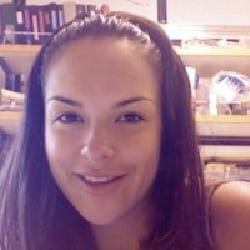
Monica Lares
2005 – 2007
Major: Chemistry and Biochemistry
“Towards the structure and function of a novel RNA gene/determining the structure and fragile X syndrome of CGG RNA repeats.”
Faculty Mentor: William Scott
Read More
Lares studied a novel RNA gene occurring in a segment of the human genome that has evolved with surprising rapidity between the chimpanzee and the human genomes. She used x-ray crystallography to investigate the structure and possible function of this RNA gene.
In Fall 2015 and Winter 2016, she worked on a project, “Parallel evolution & adaptive genomics of the steelhead summer ‘ecotype’ in multiple populations in Oregon and California.

MaryAnn Dassah
2004 – 2006
Major: Molecular, Cellular, and Developmental Biology
“Refining the rules of 5′ splice site selection and suppression of +1G mutations of pre-MRNA.”
Faculty Mentor: Al Zahler
Read More
Dassah worked on the mechanism for pre-mRNA splicing. Almost all higher eukaryotic mRNA molecules give correct genetic information only after the introns (non-coding regions) are spliced out of the RNA and the exons (protein-coding regions) are joined in the cell nucleus. Many heredetary diseases are caused by disorders in the splicing process.
In Fall 2015 and Winter 2016, she worked on a project, “Parallel evolution & adaptive genomics of the steelhead summer ‘ecotype’ in multiple populations in Oregon and California.
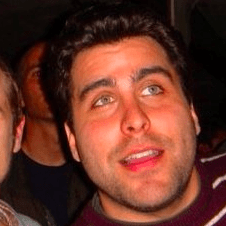
Gabirel Roybal
2006 – 2007,
2009 – 2010
Major: Molecular, Cell, and Developmental Biology
“Capture and characterization of catalytic complex spliceosomes: understanding how genomes are used, maintained, and regulated.”
Faculty Mentor: Melissa Jurica
Read More
Gabriel’s project focused on investigating how our cells process genetic information. He used small molecule inhibitors of pre-mRNA splicing as tools to isolate and study the human spliceosome. In particular, he worked with the small molecule known as Spliceostatin A to investigate the role of SF3b protein during the later stages of spliceosome assembly. This work will be crucial to understand the mechanism and structure of the spliceosome.
Update: Gabe received his PhD in 2010, and is currently a post doctoral researcher UC San Francisco in the Eli and Edythe Broad Center of Regeneration Medicine and Stem Cell Research Center. His research focuses on studying the mechanisms that regulate the epigenetic landscape of adult neural stem cells. Congratulations, Dr. Roybal!

Brandon Saint-John
2017 – 2018
Major: Biomolecular Engineering
“Determining the effects of SMARCA4 mutation on alternative splicing in lung adenocarcinoma.”
Faculty Mentor: Angela Brooks
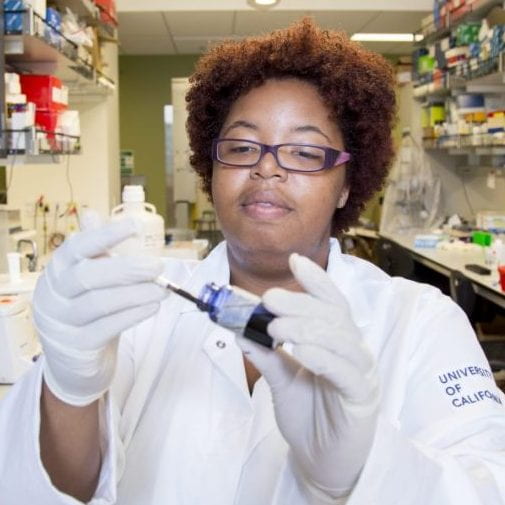
Prestina Smith
2012 – 2017
Major: Molecular, Cell, and Developmental Biology
“Vangl2 and planar cell polarity genes in mammary gland morphogenesis.”
Faculty Mentor: Lindsay Hinck
Read More
Tissues are distinctly engineered to carry out a given function. The breast (or murine mammary gland) is an example of this, forming a network of bi-layered ducts that terminate in alveoli formed during pregnancy. These specialized structures have an outer layer of myoepithelial cells that will contract during lactation to squeeze milk from an inner layer of polarized epithelial cells. In order to generate this system of ducts, the mammary gland undergoes growth by branching; therefore, mechanisms involved in branch formation define mammary architecture. Diseases, such as breast cancer, often result in highly unorganized tissues; therefore, understanding the genes that regulate the overall architecture of the mammary gland could aid in understanding breast cancer pathology and identify potential therapeutic targets. Recent studies have identified genes involved in establishing proximal-distal (planar) polarity in epithelial cells as regulators of branching morphogenesis, however the mechanism of their action is currently unknown. Prestina’s project aims to understand how the core planar cell polarity (PCP) gene Vangl2 regulates branching in the mammary gland by investigating changes in mammary morphology in Vangl2 mutant mice, identifying regulators of Vangl2 and determining how VANGL2 cooperates with other PCP proteins to promote mammary development. Smith’s studies will provide insight into the mechanisms that function to establish the architecture of the mammary gland and elucidate a novel role for planar cell polarity in tissue morphogenesis.

Richard Cathey
2012 – 2014
Major: Microbiology and Environmental Toxicology
“How early life manganese exposure disrupts dopamine function and leads to attention deficits.”
Faculty Mentor: Donald Smith
Read More
Soriano worked on developing a program to evaluate the output of various computer algorithms for predicting local protein structure.
Richard’s research focuses on how early life manganese exposure disrupts DNA methylation patterns in dopamine receptor genes, which alters prefrontal cortex dopamine function and ultimately leads to deficits in attention. He aims to determine the mechanistic basis for how oxidative stress may alter a gene’s DNA methylation “blueprint” to cause altered protein expression. These DNA changes can be heritable, and this mechanism can span a wide range of fields such as environmental toxicology, nature, and nutrition.

Joseph Parks
2012 – 2013
Major: Biochemistry
“Understanding telomerase activity through single-molecule methods.”
Faculty Mentor: Michael Stone
Read More
In the fall of 2012 Joe received the prestigious NSF Graduate Research Fellowship Award. Congratulations, Joe!
Telomerase is an essential eukaryotic enzyme that extends the ends of chromosomes. This enzyme is of particularly interest to the cancer field as telomerase hyperactivity is associated with over 90% of all cancers. Similarly, telomerase over-expression in normal cells has been shown to increase the lifespan of yeast and rats by up to 20% without an increase in cancer occurrence. Although many researchers have studied telomerase at a biochemical level, the detailed telomerase mechanism and structural features of the enzyme remains unclear due to the lack of a complete crystal structure. In order to dissect the structure and function of telomerase components, Joe will study individual molecules and their structural dynamics using single molecule FRET. Through real-time observation of telomerase internal dynamics, he hopes to gain direct insight into the function of telomerase sub-domains.
Publications:
Nucleic Acids Res. 2013 Feb 1;41(4):2746-55. doi: 10.1093/nar/gks1341. Epub 2013 Jan 8.
Mechanical unfolding of human telomere G-quadruplex DNA probed by integrated fluorescence and magnetic tweezers spectroscopy. Long X, Parks JW, Bagshaw CR, Stone MD.
PMID: 23303789 Free PMC Article
2. Plast Reconstr Surg. 2012 Oct;130(4):739-46. PMID: 23018685
Human acellular dermis versus no acellular dermis in tissue expansion breast reconstruction.
Parks JW, Hammond SE, Walsh WA, Adams RL, Chandler RG, Luce EA.
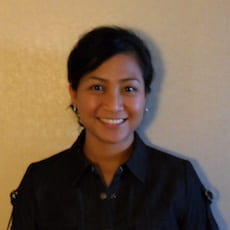
Margarita Gonzalez
2009 – 2012
Major: Chemistry and Biochemistry
“Investigations on DNA sequence vulnerability to NO-mediated DNA damage.”
Faculty Mentor: Pradip Mascharak
Read More
Margarita utilized photoactive metal complexes that deliver nitric oxide (NO) to DNA bases and eventually to selected oligonucleotides. Because DNA damage is a hallmark of programmed cell death or apoptosis, their group is interested in the interaction between NO and other reactive nitrogen species with specific nucleobases. She uses HPLC techniques and UV-Vis spectroscopy in characterizing the initial products of NO-mediated DNA damage.
In the spring of 2011 she published a paper on an additional research project that investigated the physiological roles of carbon monoxide (CO) in neurotransmission,vasorelaxation, and cytoprotective activities.
Inorganic Chemistry 2011, 50(7), 3127-3134. Link: https://doi.org/10.1021/ic2000848
Update: In August of 2013, Margaria completed all the requirements of her graduate research training and filed her dissertation. Congratulations, Dr. Gonzales!

Hector Macias
2009 – 2010
Major: Molecular, Cell, and Developmental Biology
“Uncovering the mechanism behind SLIT2/ROBO 1 mediated mammary gland branch inhibition.” Read the paper
Faculty Mentor: Lindsay Hinck
Read More
Hector’s research focused on developing therapeutic strategies for diagnosing and treating breast cancer.
Update: Hector received his Ph.D. in 2010 and is currently a post doctoral researcher in the Michael German lab at the University of California, San Francisco. The German lab is interested in identifying genetic factors that influence diabetes by identifyingthe genes that regulate the transition of stem cells to mature pancreatic beta-cells. Pancreatic beta-cells are the body’s sole provider of insulin. By understanding the role of these factors inbeta-cell production the German research team is developing novel strategies for curing diabetes. Congratulations, Dr. Macias! We look forward to your future contributions to biomedical science.
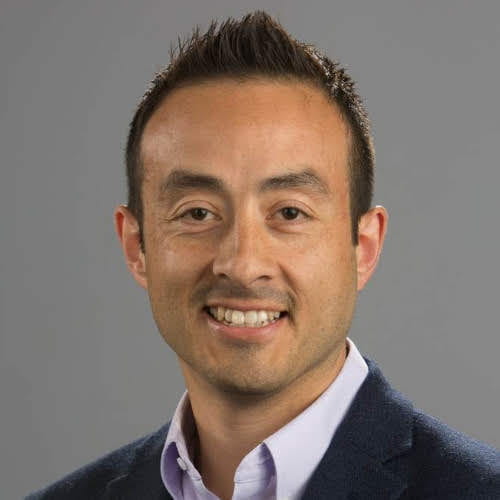
Josue Samayoa
2004 – 2006,
2008
Major: Biomolecular Engineering
“Protein structure prediction.”
Faculty Mentor: Carol Rohl, Kevin Karplus, and Fitnat Yildiz
Read More
With Carol Rohl, Samayoa worked to expand and improve modeling methods for predicting 3-dimensional protein structure. The project is called, “Homology-based modeling with Rosetta and NMR data.” He then participated in an interdisciplinary projects with advisors Kevin Karplus and Fitnat Yildiz: “A bioinformatic analysis of simple repeats and small proteins in Vibrio cholerae El Tor.”

Mark Rivero
2005 – 2006
Major: Computer Engineering
“Data visualization of genomic information.”
Faculty Mentor: Pat Mantey
Rivero looked for ways to improve the UCSC Genome Browser by allowing 3-dimensional visualization of any given data.
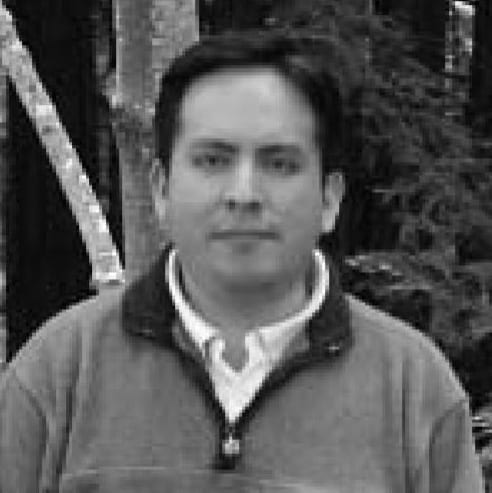
Edward Olano
2004 – 2005
Major: Chemistry
“Developing assays for prostate-specific antigen and early detection of ovarian cancer.”
Faculty Mentor: Jin Zhang
Read More
Olano worked on developing an immunoassay for prostate-specific antigen and also designing a biomarker using quantum dots for detecting ovarian cancer. Both assays employed a spectrophotometric technique called surface-enhanced Raman scattering (SERS).

Veronica De Guzman
2003 – 2005
Major: Chemistry
“Nanopore devices.” De Guzman studied a nanopore device, which is an artificial membrane that has a single ion channel through it.
Faculty Mentor: Mark Akeson, UCSC Nanopore Project.
Read More
The ion channel is used to capture and examine one molecule of DNA at a time. The interaction of double-stranded DNA or single-stranded DNA with the channel can readily be observed via changes in an electrical current through the channel. De Guzman observes and studies double-stranded-DNA ends fraying and reforming in a channel—an important step in biological processes. In HIV infection, for example, DNA fraying is necessary for HIV DNA to be spliced into human host DNA.
LEARN MORE about the Nanopore Project at UC Santa Cruz
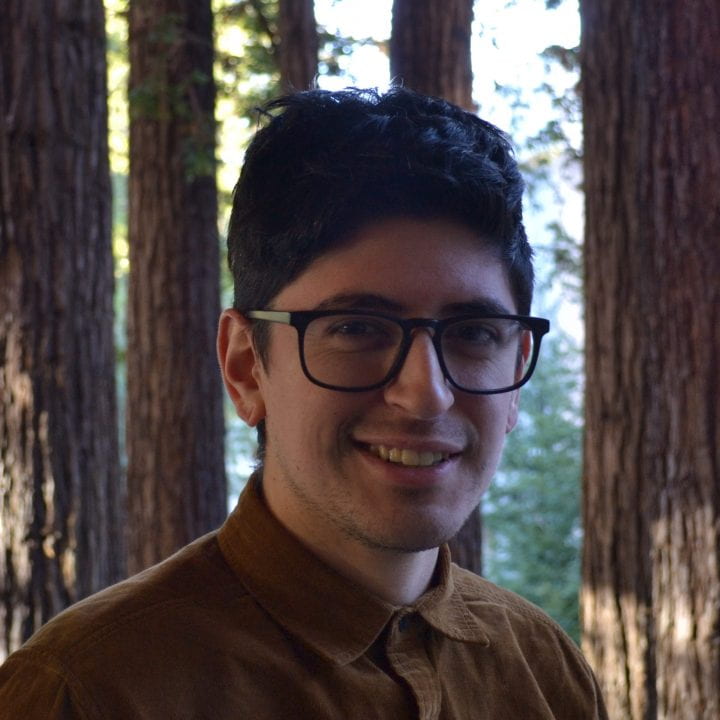
David Balderas
2016- 2017
Major: Microbiology and Environmental Toxicology
“Regulon of the Iron-sulfur cluster transcription factor IscR in Yersinia”
Faculty Mentor: Victoria Auerbuch-Stone

Jamie Hernandez
2015 – 2016
Major: Microbiology and Environmental Toxicology
“System biology of anoxygenic photosynthetic arsenite oxidation in Ectothiorhodospira BSL-9.”
Faculty Mentor: Chad Saltikov
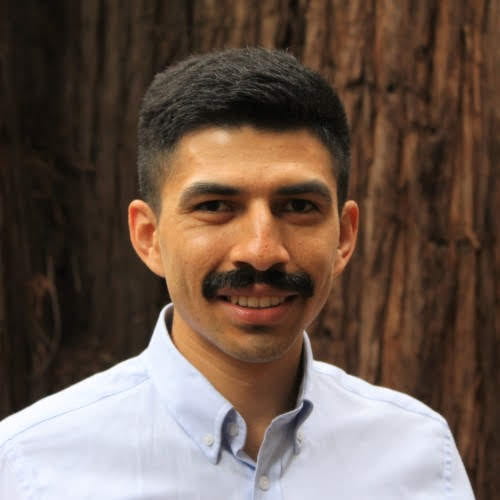
Angel Resendez
2014 – 2015
Major: Chemistry
“Development of a chemical tool for measuring gut permeability.”
Faculty Mentor: Bakthan Singaram

Tara deBoer
2014 – 2015
Major: Chemistry and Biochemistry
“Investigation into the potential epigenetic nature of peroxynitrite.”
Faculty Mentor: Pradip Mascharak

Andrew Knutson
2012 – 2014
Major: Molecular, Cell, and Developmental Biology
“The role of SUMOxylation in preventing expression of germline proteins in somatic cells of Caenorhabditis elegant.”
Faculty Mentor: Susan Strome
Read More
Andrew uses the nematode C. elegans as a model to study the role of the SUMOylation pathway in preventing somatic cells (e.g., muscle, neurons, intestine) from acquiring germ cell (eggs and sperm) characteristics. Germ cells and somatic cells are fundamentally different: while somatic cells are differentiated and mortal, germ cells retain the ability to develop into any cell type (called ‘totipotency’) and are immortal from generation to generation. Knutson found that removing the highly conserved SUMOylation pathway causes somatic cells to express germline proteins. The SUMOylation pathway modifies many nuclear proteins, thereby affecting their activity and function. Knutson employs genome-wide techniques, including microarray analysis and ChIP-seq technology, to assess how removing the SUMOylation pathway affects gene expression and to determine where SUMOylated proteins reside in the genome. His studies will elucidate mechanisms that control genome organization and development and how those mechanisms contribute to distinguishing germ and somatic identities.
Publication: Comparative effects of histone deacetylase inhibitors on p53 target gene expression, cell cycle and apoptosis in MCF-7 breast cancer cells.
Oncol Rep. 2012 Mar;27(3):849-53. doi: 10.3892/or.2011.1590. Epub 2011 Dec 12.
PMID: 22159450
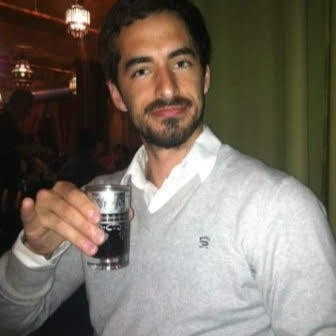
Josh Parks
2015 – 2016
Major: Electrical Engineering
“Single molecule detection on an optofluidic platform.”
Faculty Mentor: Holger Schmidt

Daniel Sam
2007 – 2009,
2010 – 2011
Major: Biomolecular Engineering
“Computational approaches for predicting gene function.” Sam developed computational tools to predict and elucidate functional relationships between biological data collected from a variety of sources.
Faculty Mentor: Josh Stuart
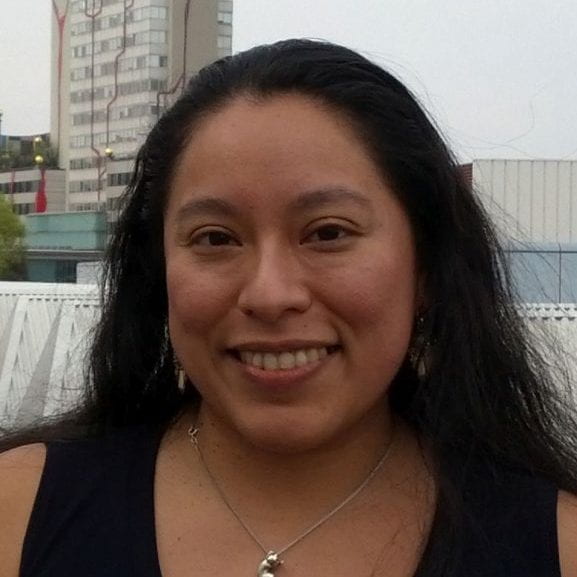
Carolina Reyes
2010 – 2011
Major: Microbiology and Environmental Toxicology
“Microbial genetics underlying iron geochemistry in anaerobic microorganisms.”
Faculty Mentor: Chad Saltikov
Read More
How bacteria metabolize a solid mineral externally is of interest to microbiologists and geologists. Reyes investigated how bacteria metabolize iron minerals using the model bacterium Shewanella sp. strain ANA-3. The precise steps involved in bacterial metabolism of the iron mineral are not known, however, several hypotheses have been proposed. One hypothesis is that the bacterium metabolizes the iron using proteins inside the cell and sitting on the cell surface. These cytochrome proteins are thought to pass electrons from inside the cell to the iron mineral outside the cell. All organisms possess cytochrome proteins, and animals and plants use them in oxygen metabolism. In certain bacteria, these cytochrome proteins are composed of multiple residues that allow for the passage of electrons, a feature not common in animals and plants. The goal of her project is to determine why these bacterial cytochromes require multiple residues to pass electrons from inside the cell to iron minerals outside the cell. By altering the genetic material of ANA-3, she has eliminated specific regions of a cytochrome involved in iron metabolism in hopes of discovering which components enable this protein to pass electrons to the mineral outside the cell.
Reyes received her doctorate in 2011 and is currently a research fellow at the Hanse-Wissenschaftskolleg Institute for Advanced Study in Bremen, Germany. Her research is supported in part by a fellowship from the J. William Fulbright Foundation, and an International Research Fellowship from the National Science Foundation.
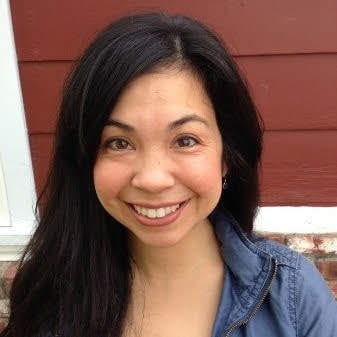
Sachiko Reed
2007 – 2008
Major: Sociology
“Considering implications of mixed race identity and genomics.”
Faculty Mentor: Jenny Reardon
Read More
Reed combined qualitative research methods with surveys of physicians, geneticists, and researchers at UCSF and Stanford University to examine the implications of how race, especially for people of mixed race, is included and accounted for in genomic research.

Genevieve Halpenny
2004 – 2007
Major: Chemistry
“DNA damage via light-activited nitric oxide release.” Halpenny delivered nitric oxide (NO) to living cells such as E. coli and ultimately cancer cells and then used microscopy to observe NO-induced DNA damage.
Faculty Mentor: Pradip Mascharak
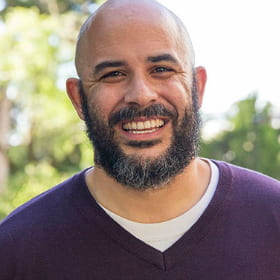
Blake Riggs
2004 – 2005
Major: Molecular, Cellular, and Developmental Biology
“The centrosome-associated protein, nuclear fallout, and its role in metaphase furrow formation.”
Faculty Mentor: Bill Sullivan
Read More
Riggs worked to better understand what happens during the last phase of cell division in animals, using Drosophila melanogaster (the fruit fly) as a model. He is looking at the phase where the plasma membrane constricts to form two daughter cells.
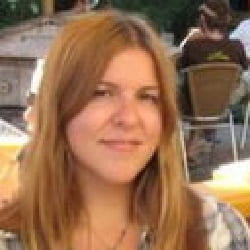
Loni Townsley-Montoya
2012 – 2013
Major: Microbiology and Environmental Toxicology
“Construction and characterization of regulatory networks controlling cold shock adaptation in Vibrio cholerae.”
Faculty Mentor: Fitnat Yildiz
Read More
Bacterial pathogens are a major cause of mortality worldwide, yet we know little about how these organisms adapt to habitats outside of the human host. Vibrio cholerae, the causative agent of the severe diarrheal disease cholera, is an excellent model system to study environmental adaptation because it must survive in aquatic habitats for prolonged periods between outbreaks. Temperature is a critical environmental signal governing the occurrence of V. cholerae, and cholera outbreaks are highly correlated with sea surface temperature. However, it is unknown how V. cholerae senses and responds to temperature change or how this response impacts environmental survival and infectivity of this pathogen. Loni’s research aims to identify the regulatory networks responsible for temperature adaptation in V. cholerae and determine their impact on the environmental survival of this pathogen.

Marc Hanson
2003 – 2004
Major: Computer Engineering
“Visualizing database queries.”
Read More
Hansen studied information visualization interfaces that allow biologists to look at and easily query visual representations of biological information. The interfaces are used for information such as phylogeny charts, chromosomes, genes, and sequence alignments. For example, a user could start with a phylogeny chart, then click on “fly” to get a sub-chart that lists different species of flies. The user could then click on “Drosophila melanogaster ” to get a picture of fruit fly chromosomes. Clicking on a chromosome of interest would bring up a zoomed-in view showing which genes have been mapped. The user might also be able to click on notes to see the full text of annotations researchers may have attached.
